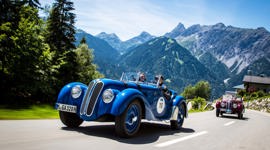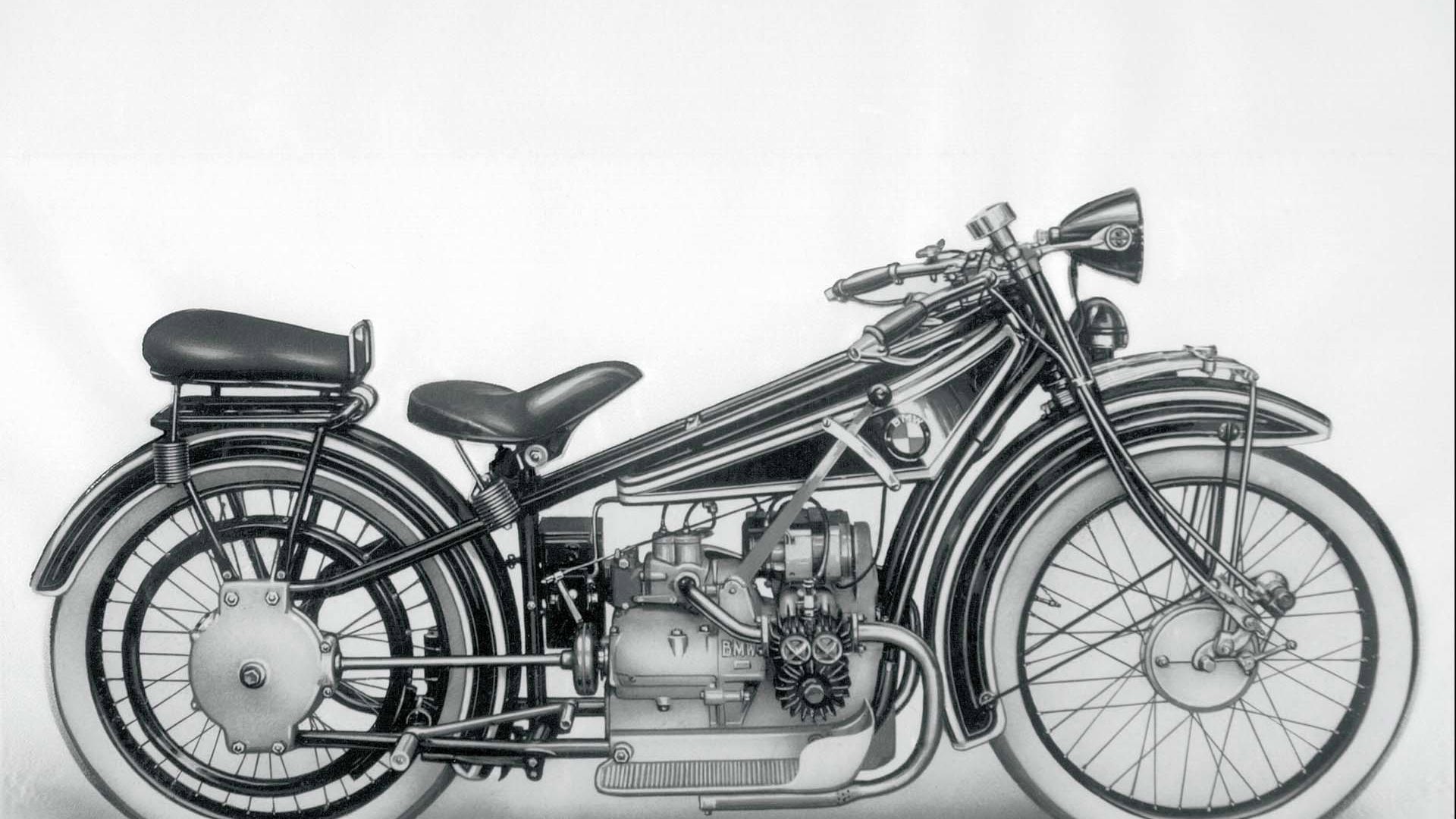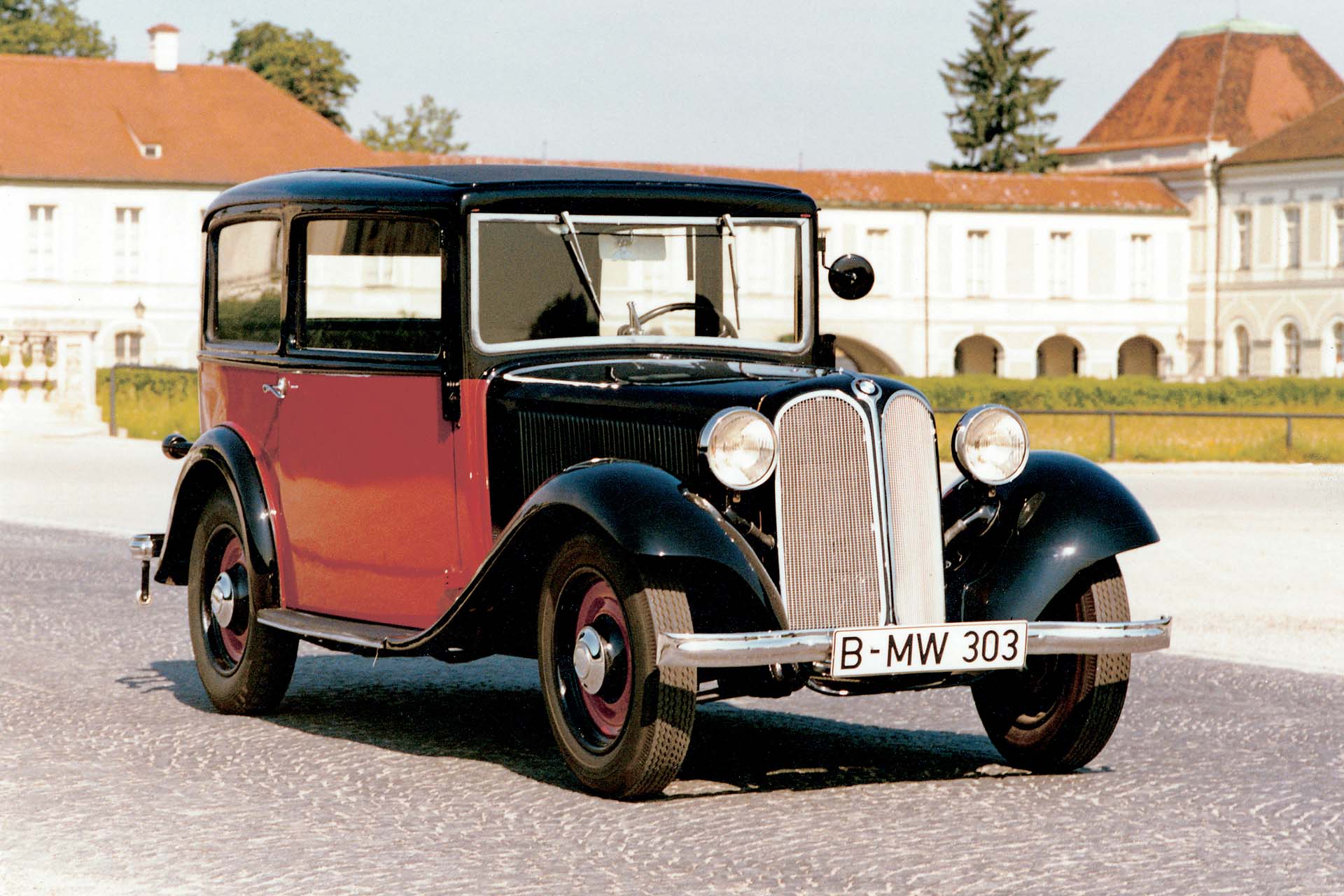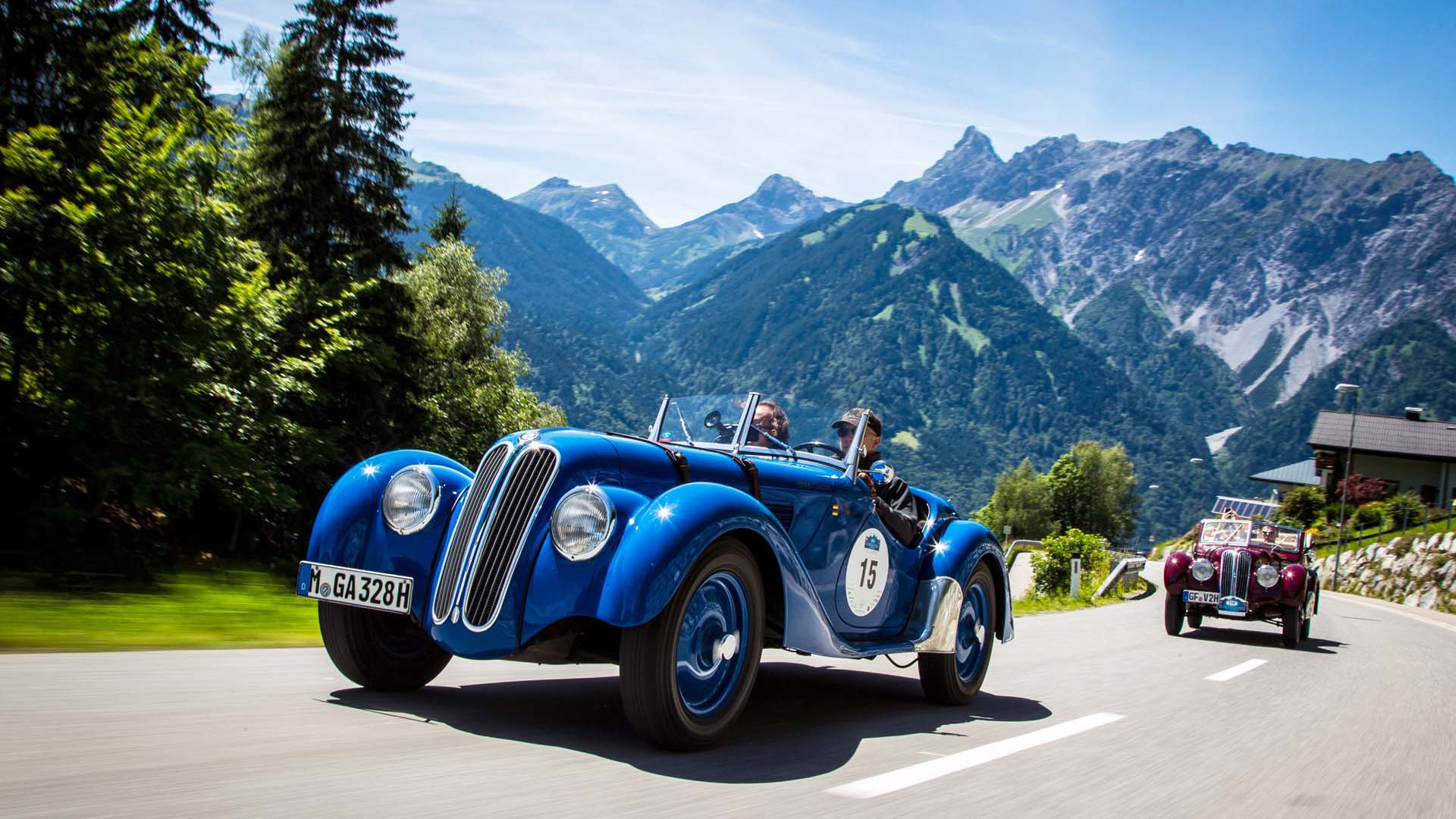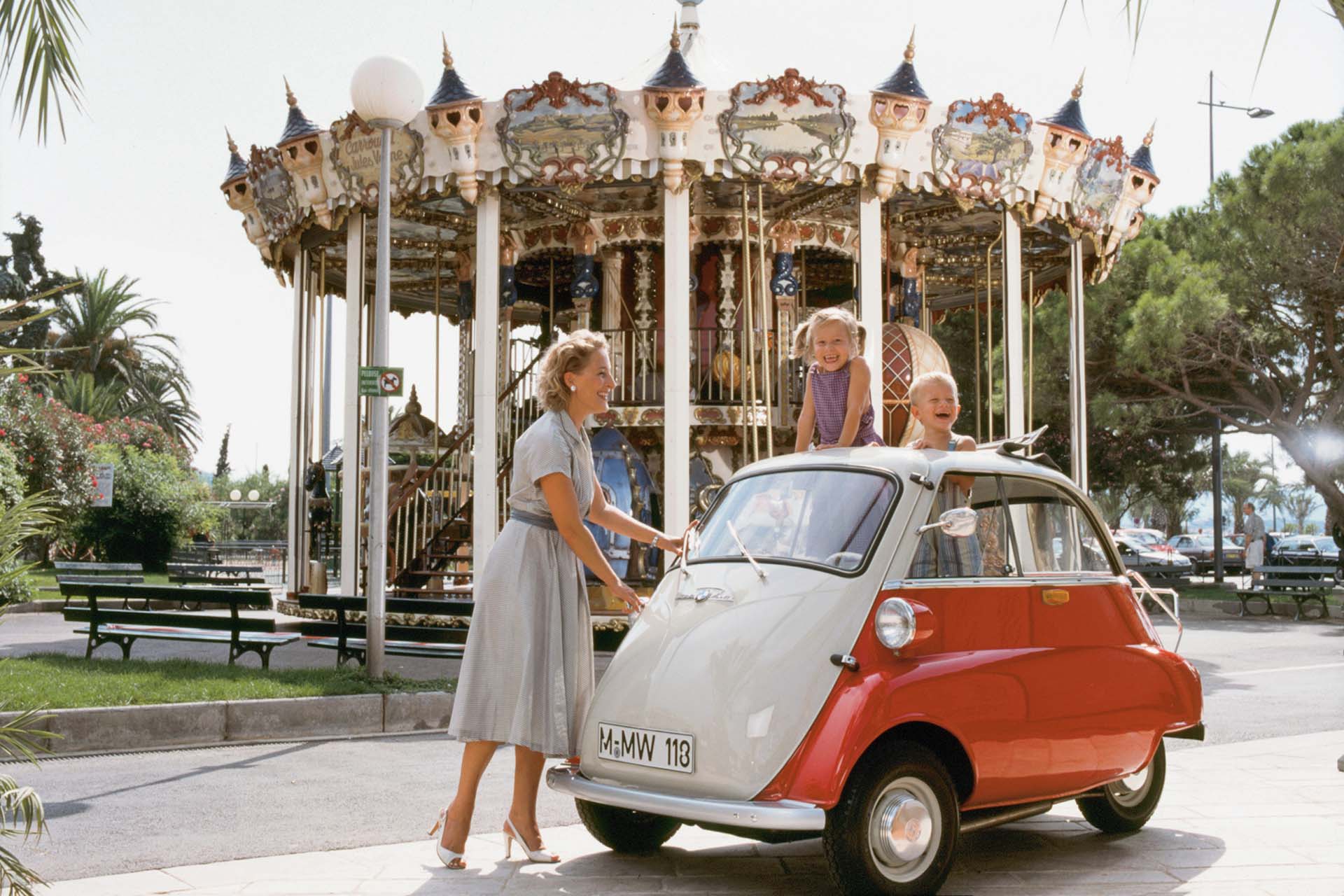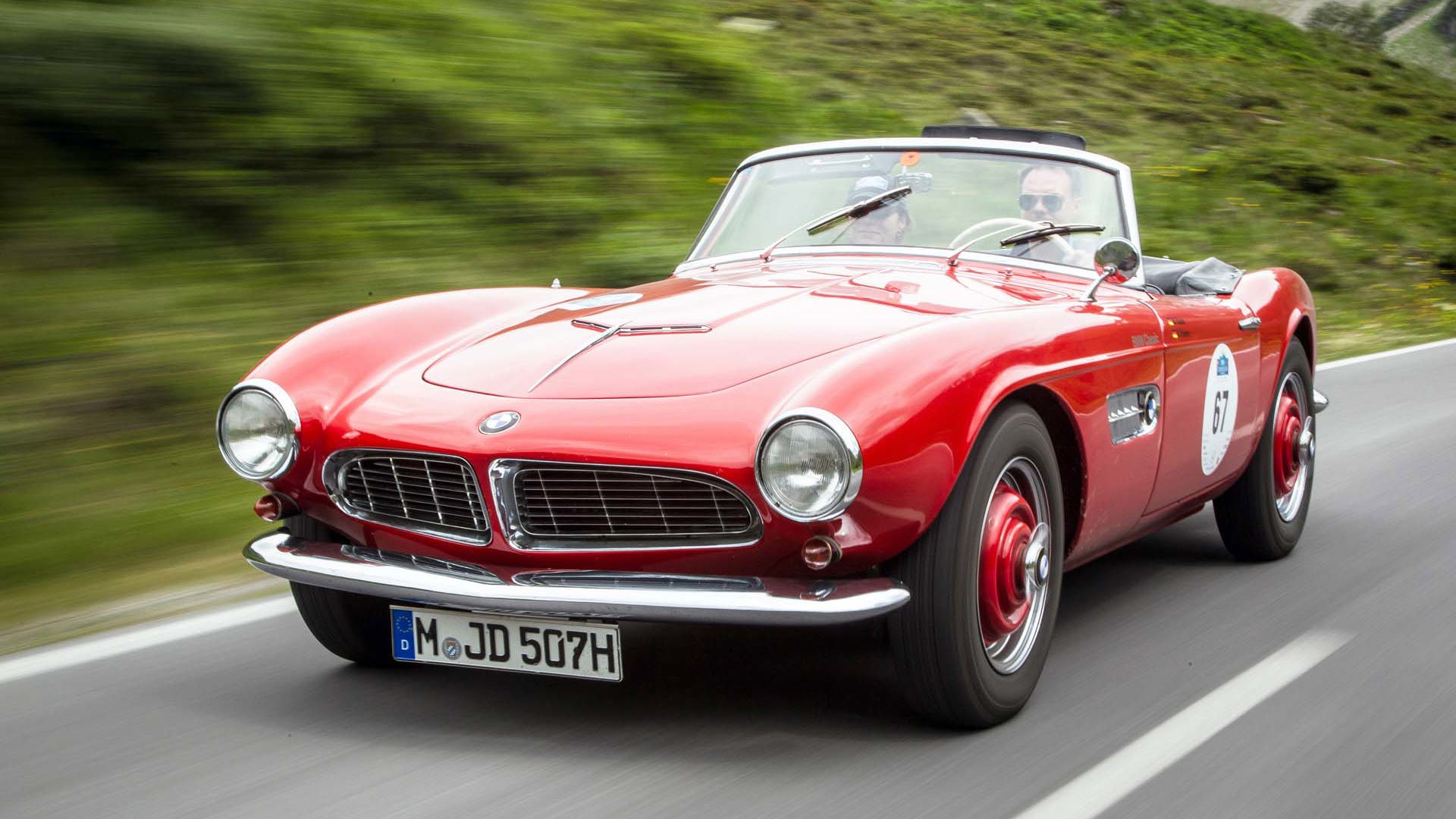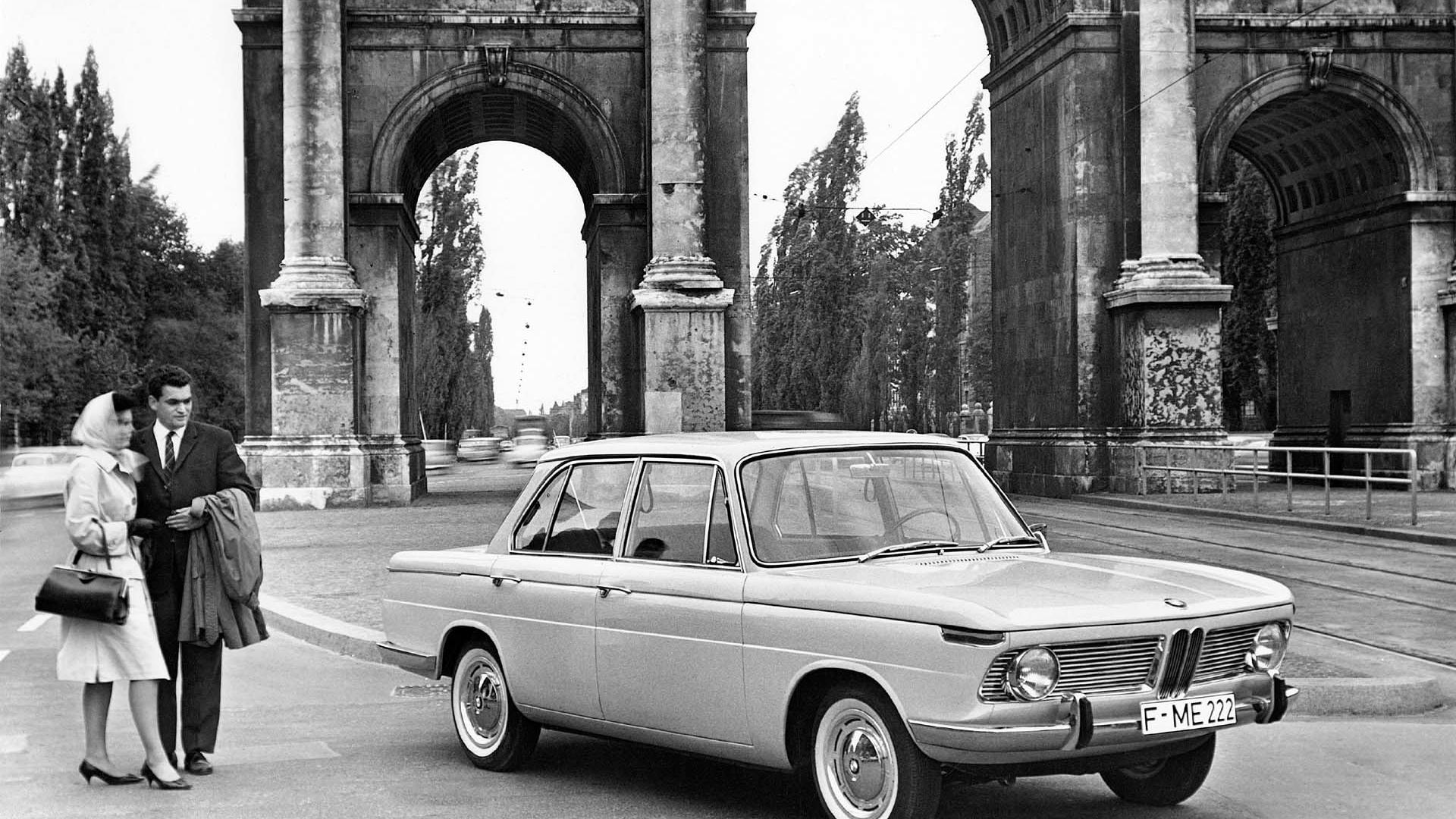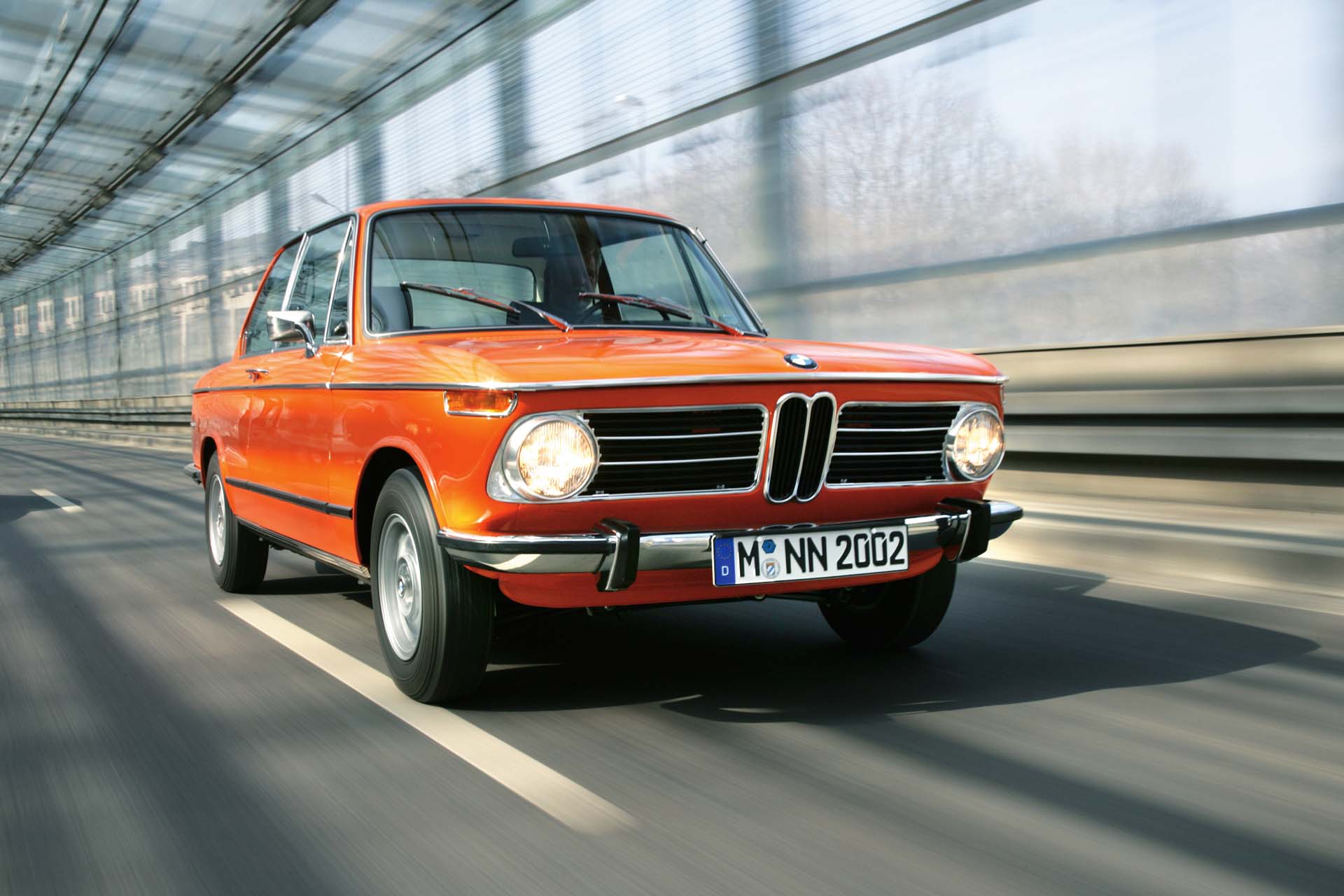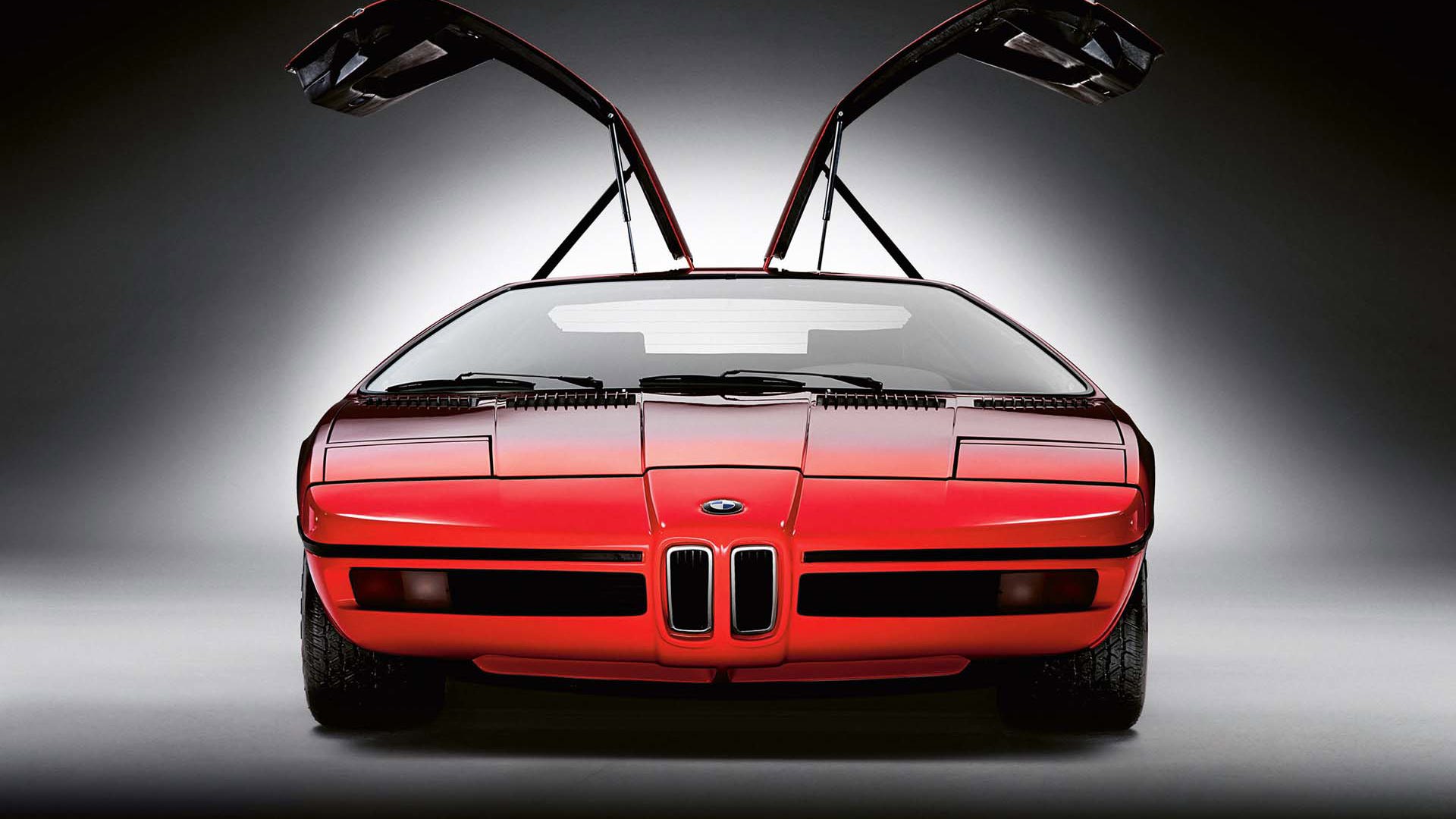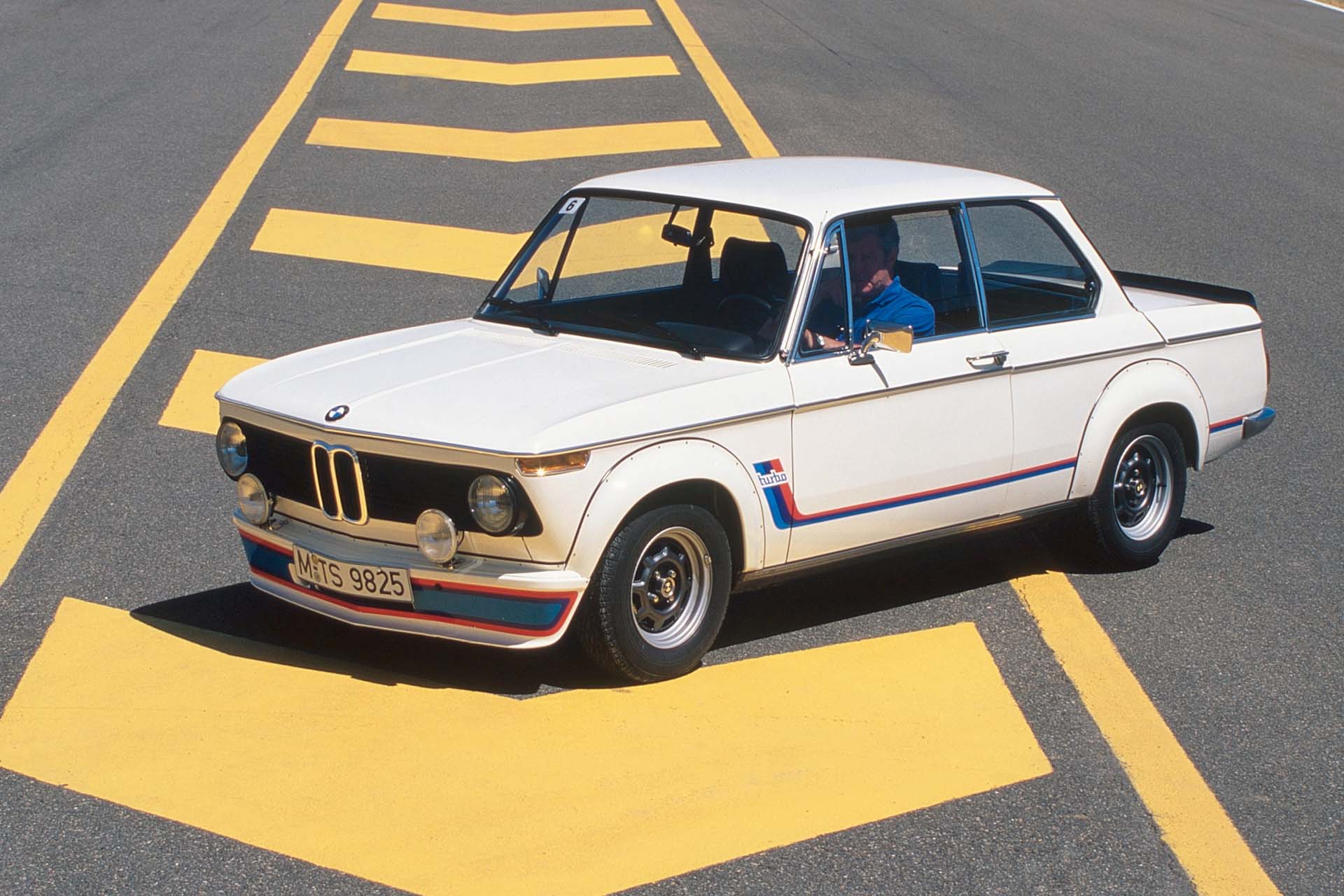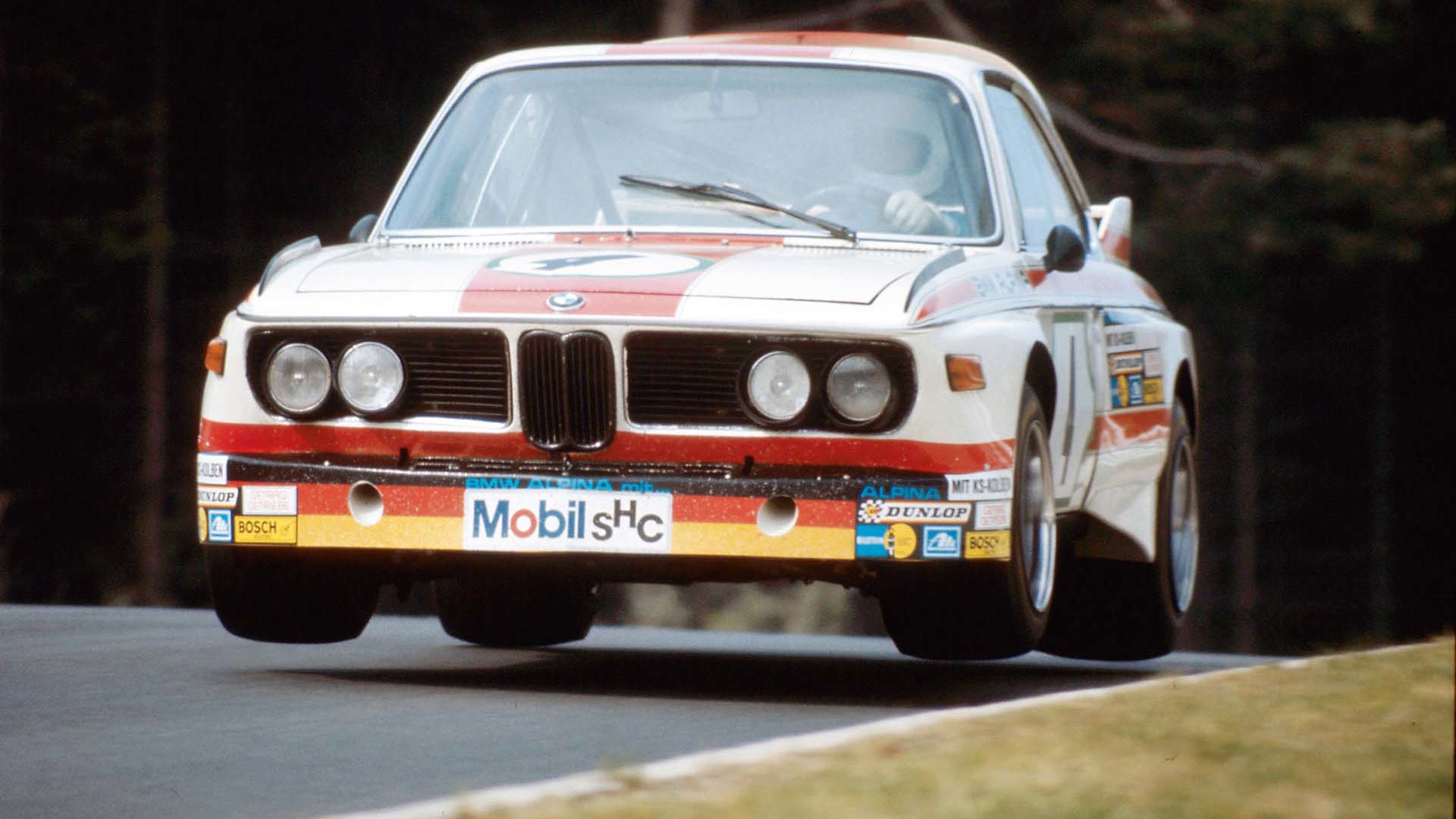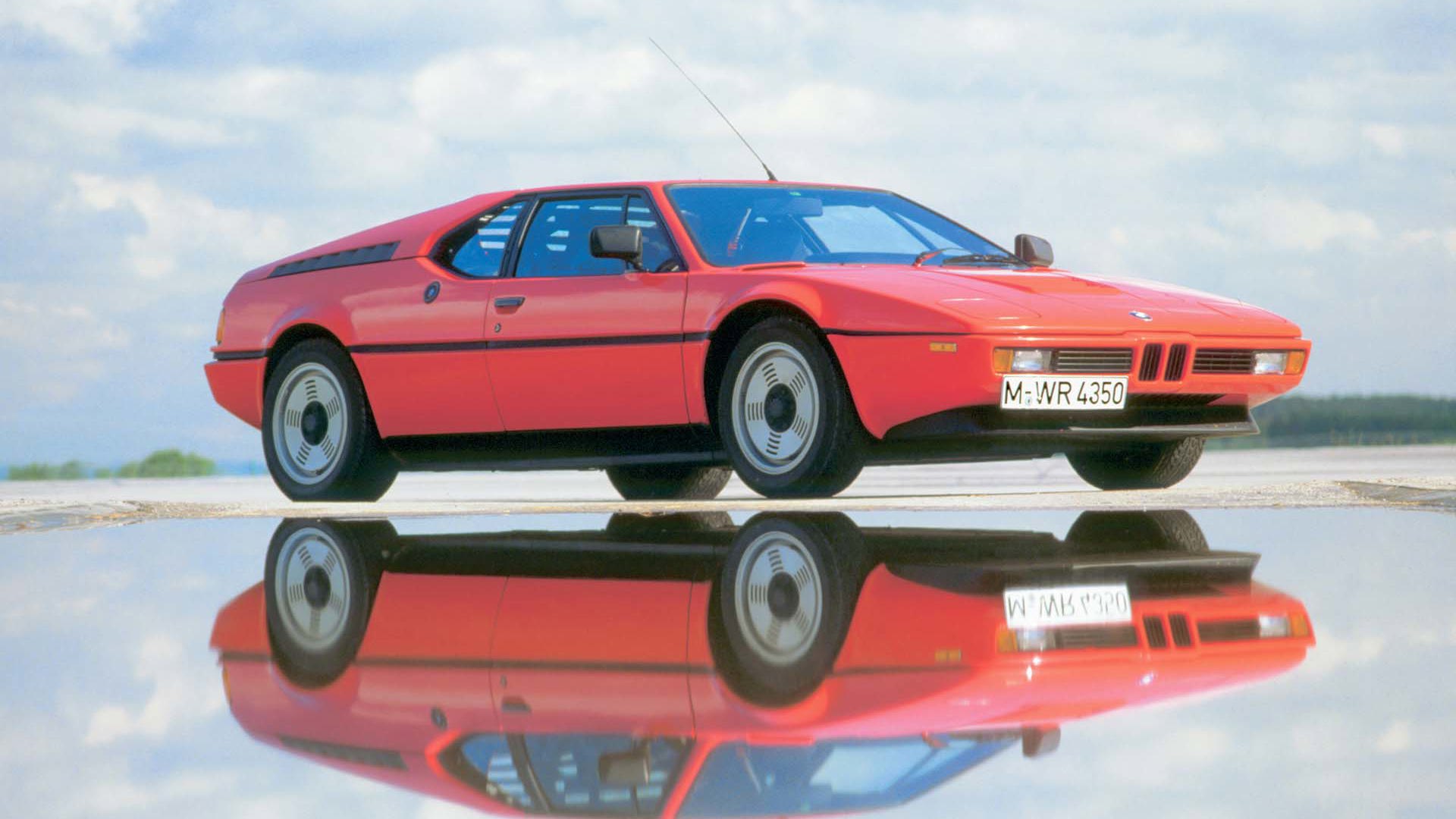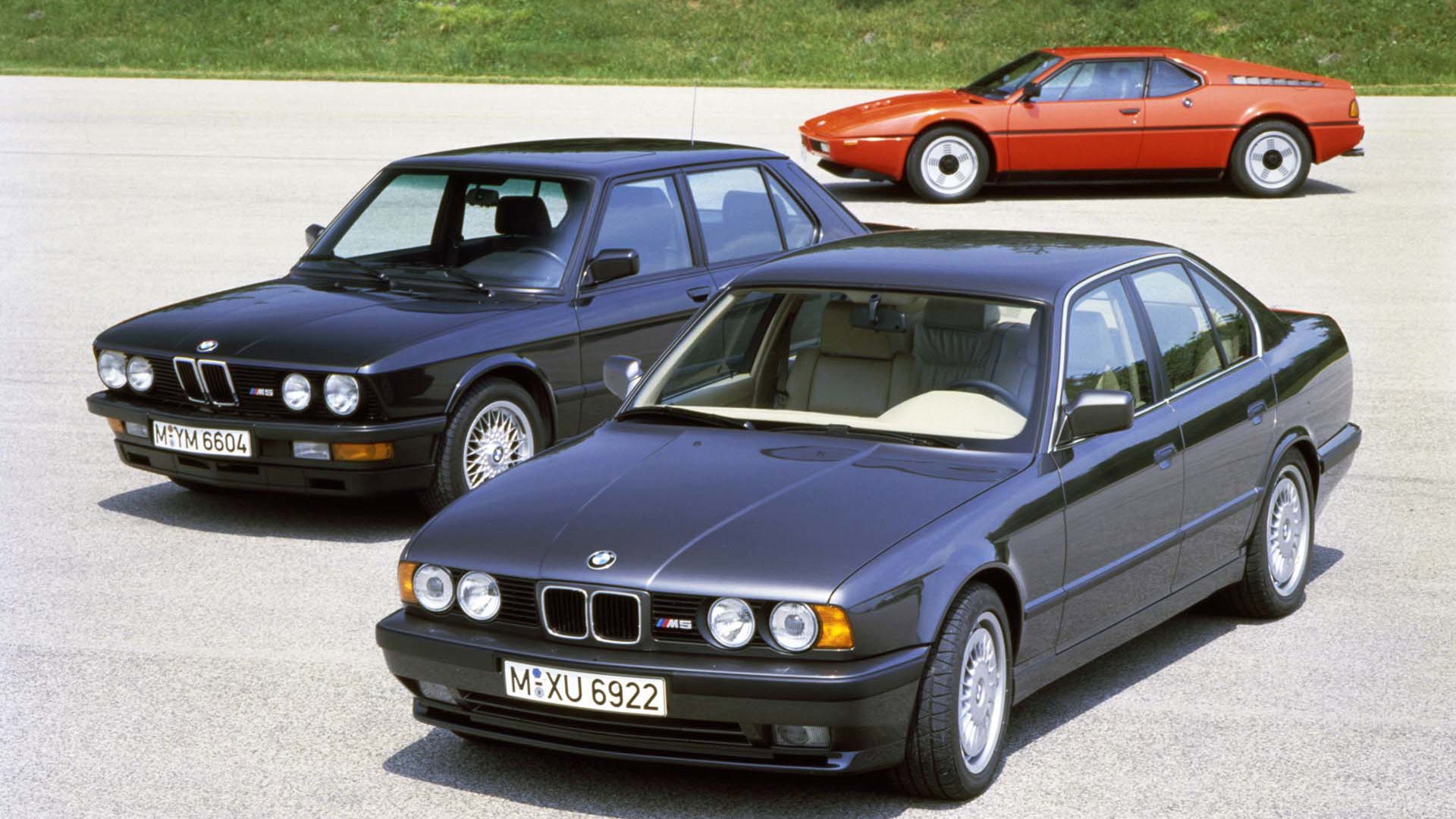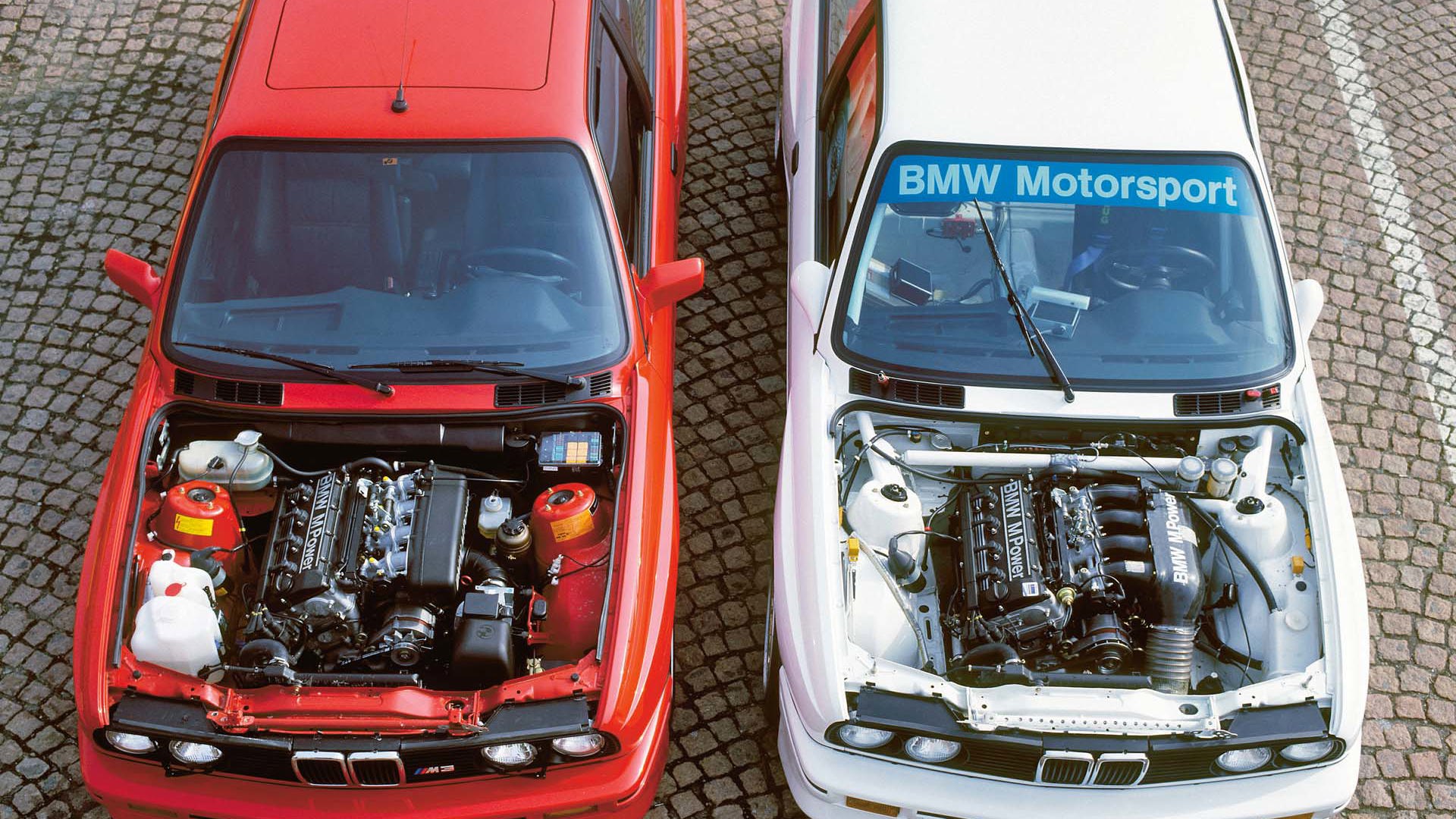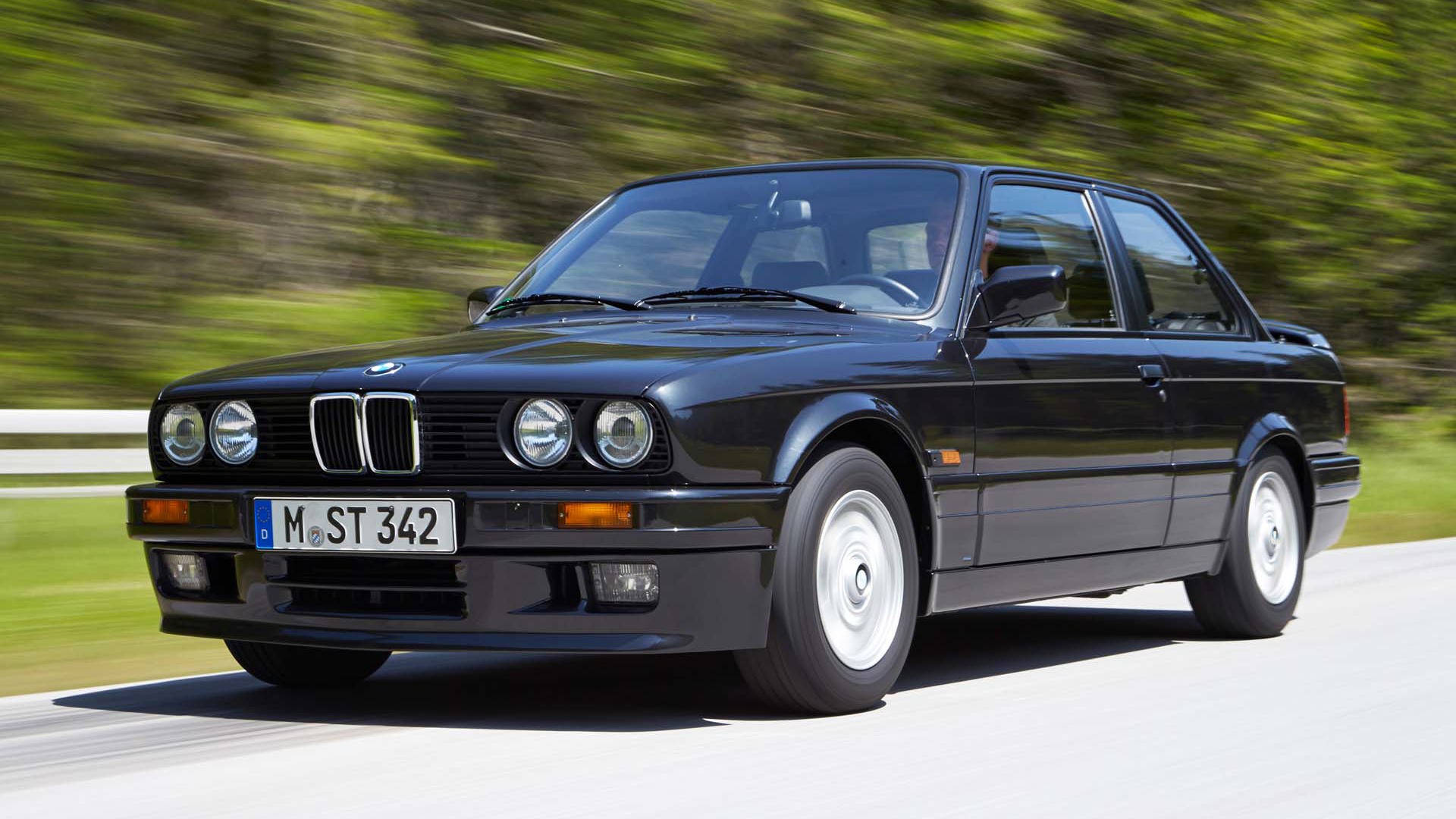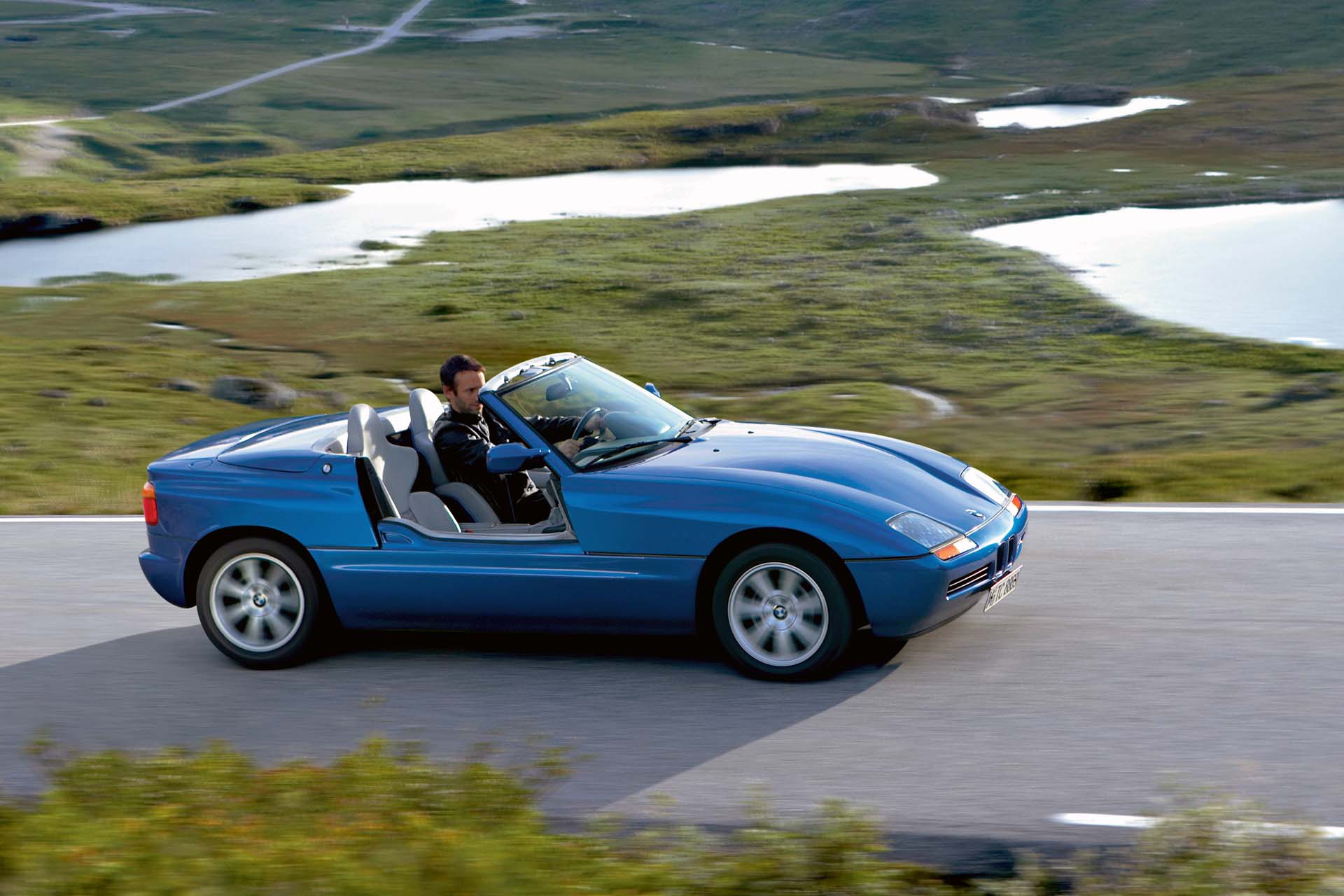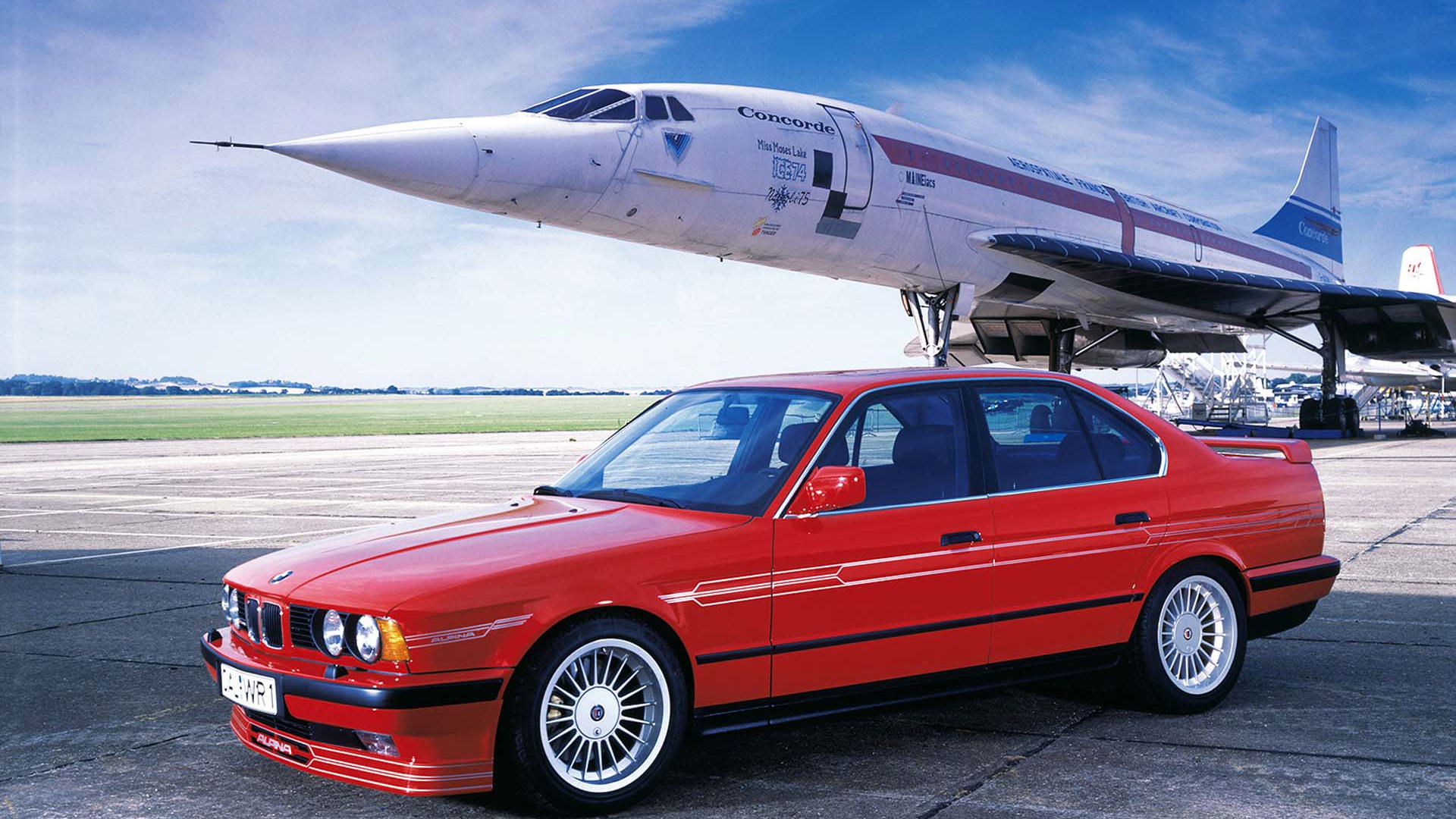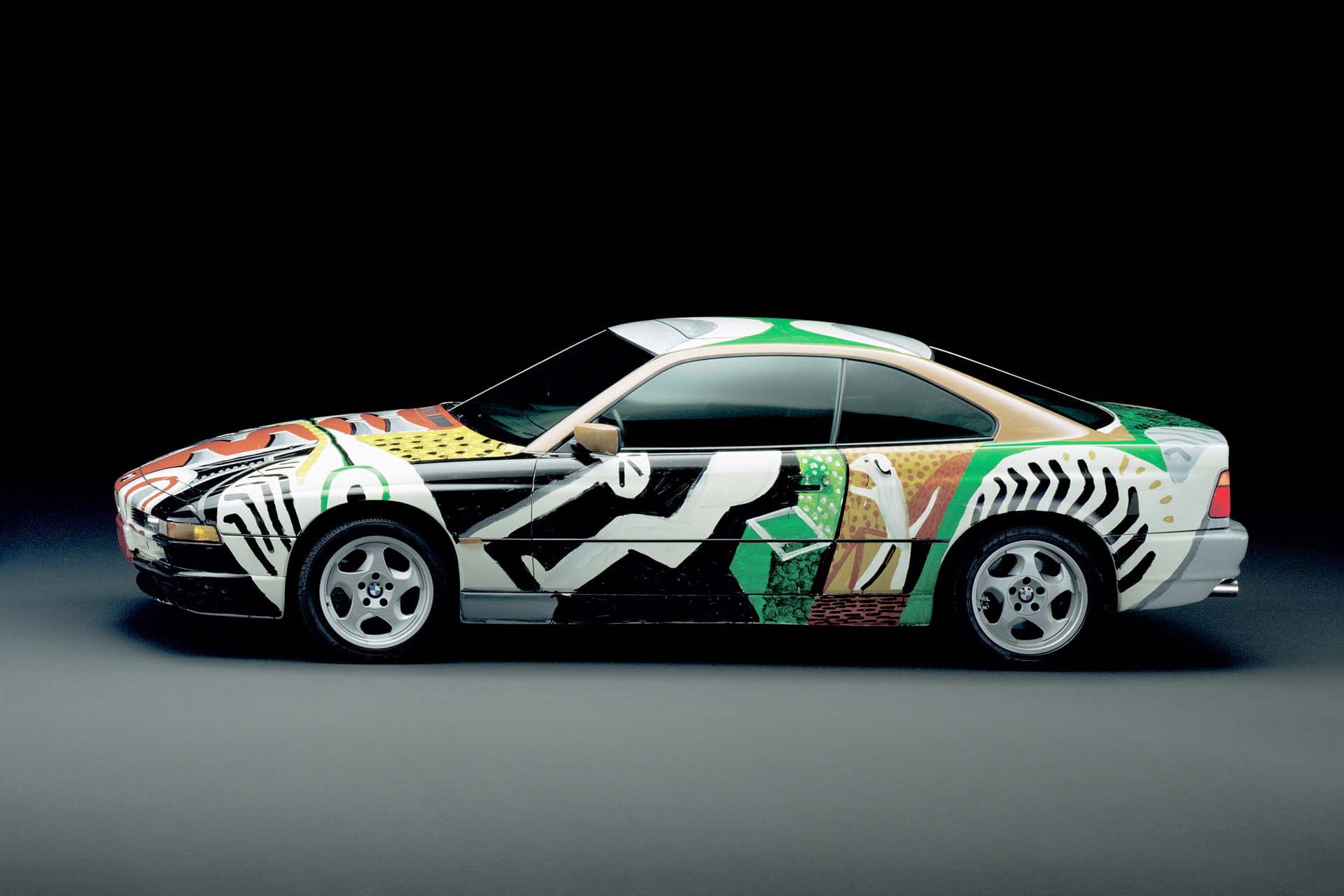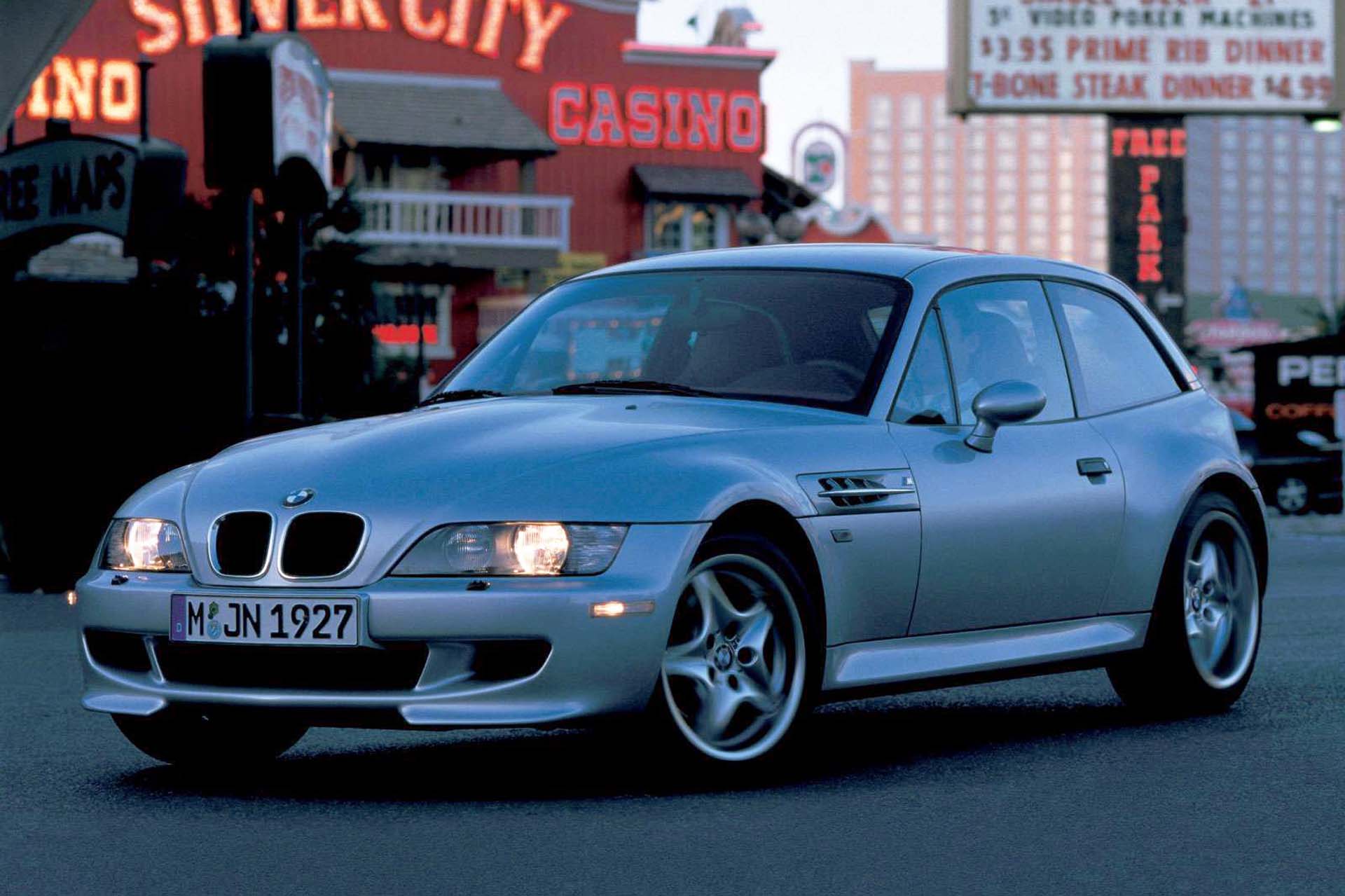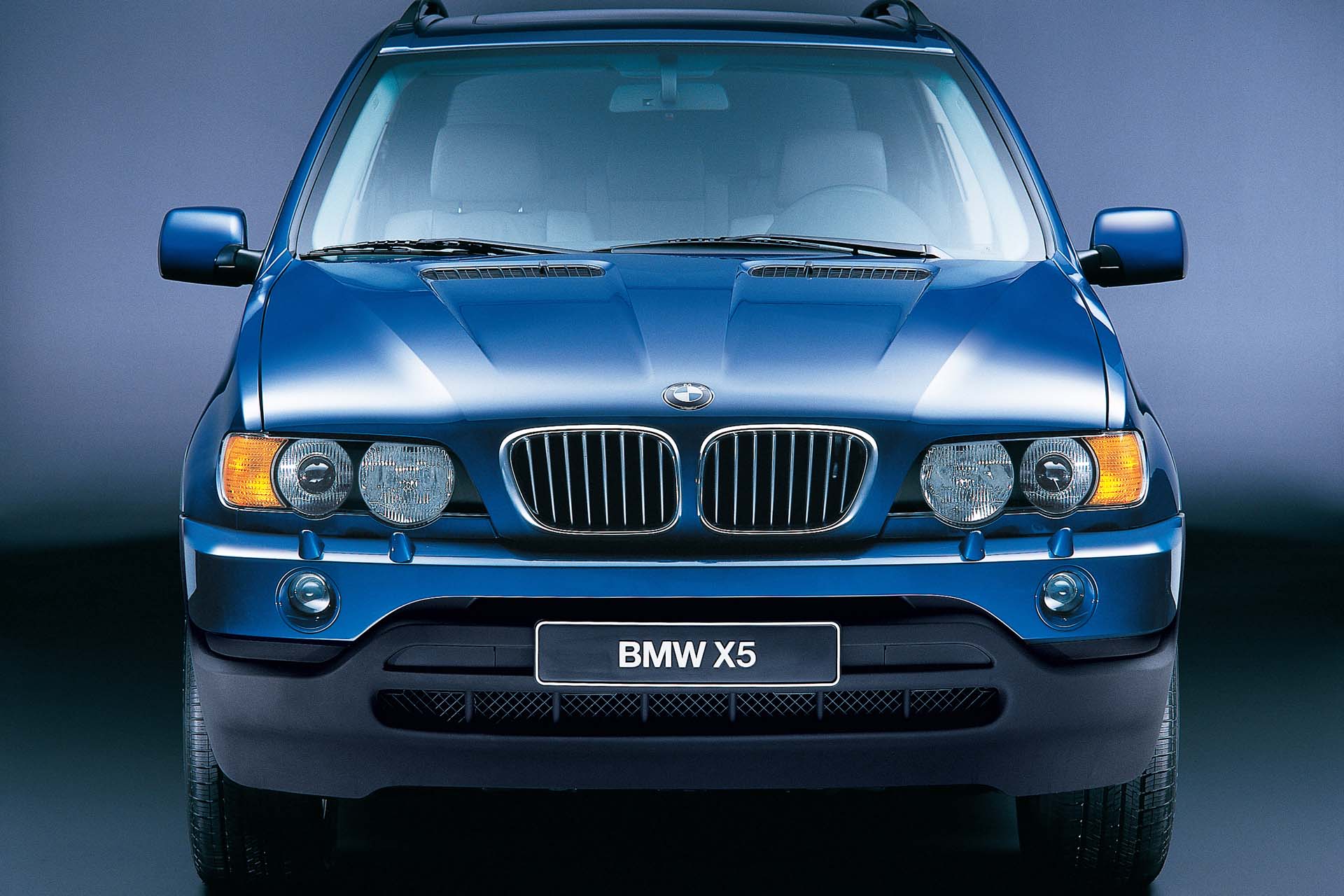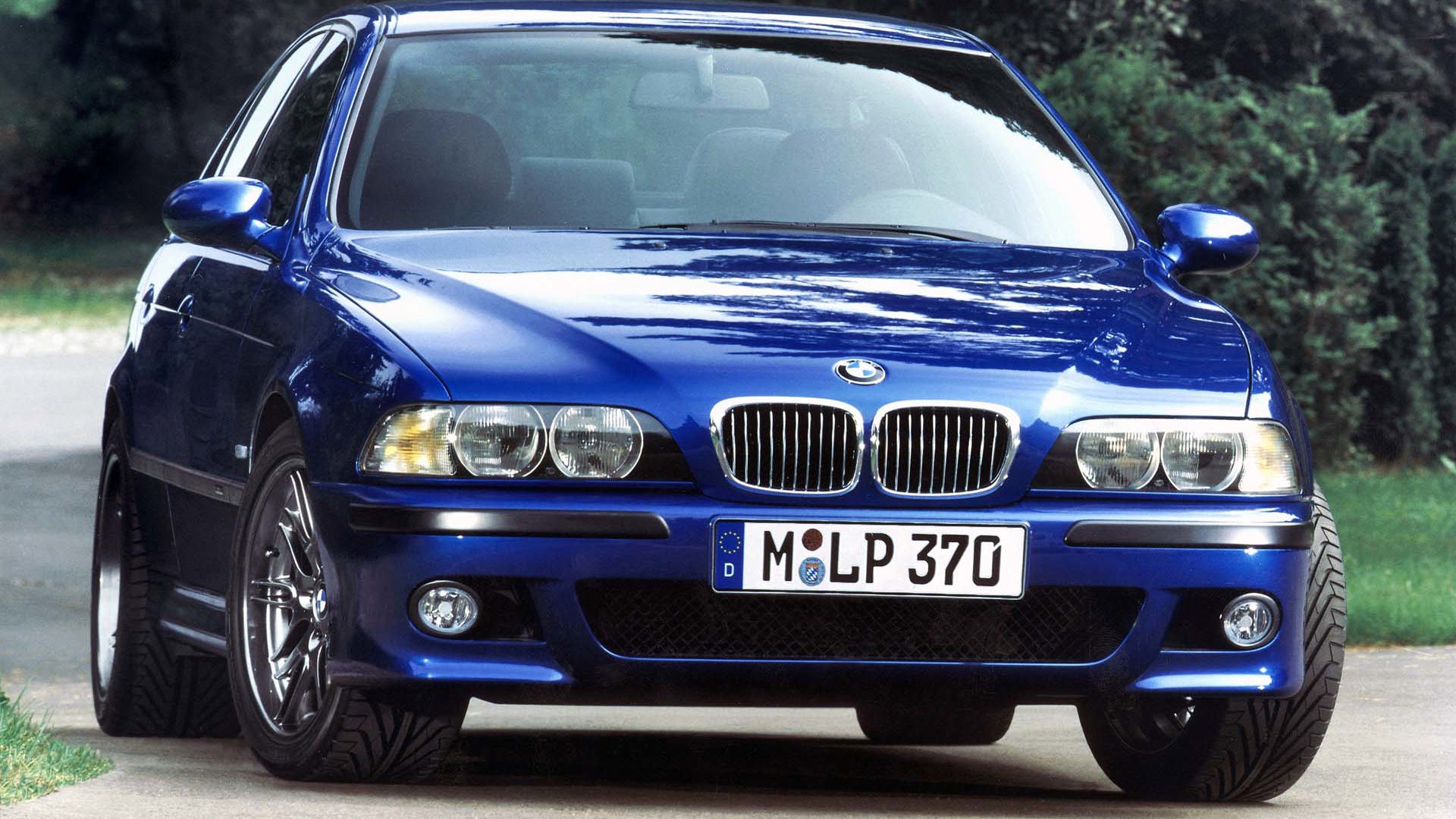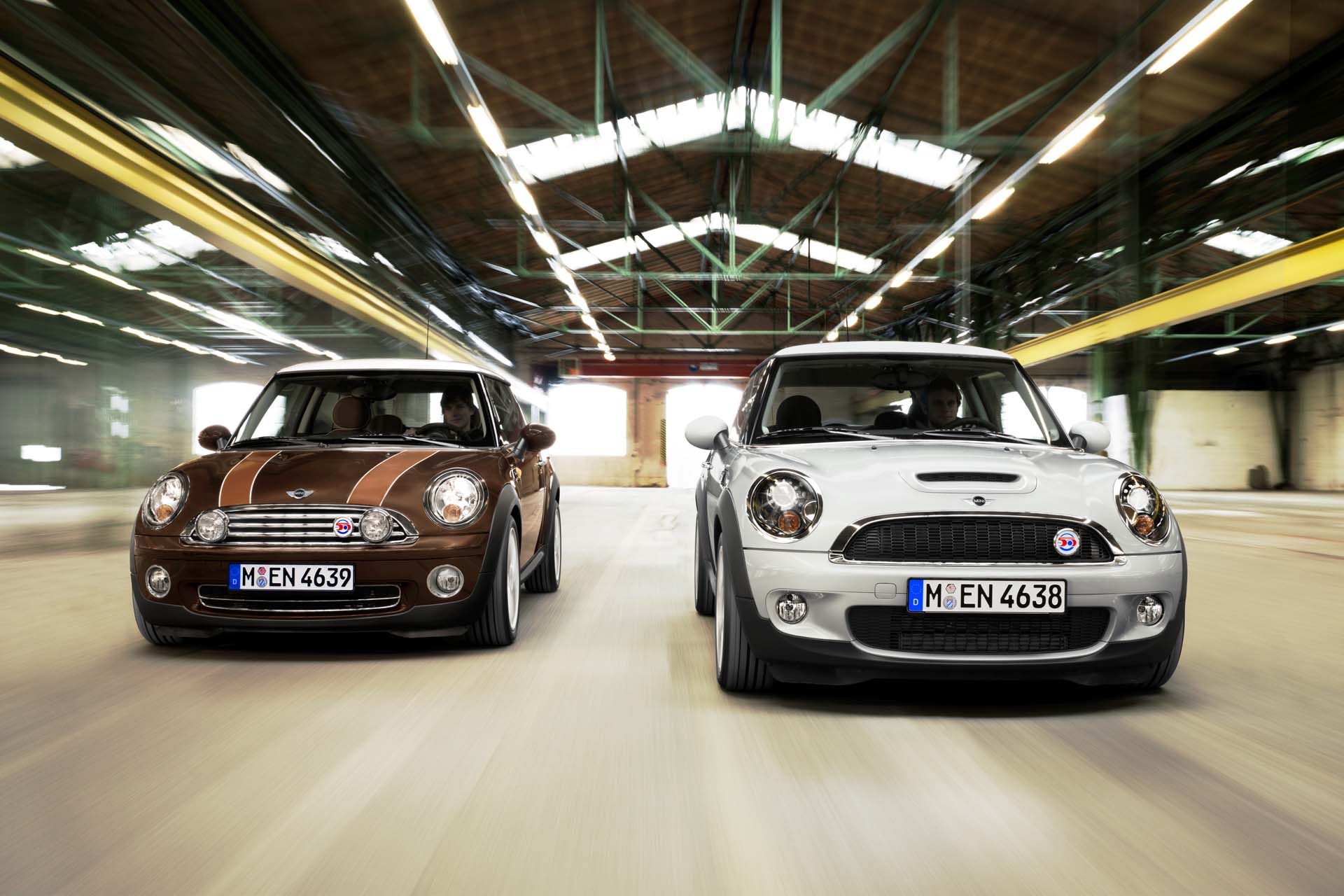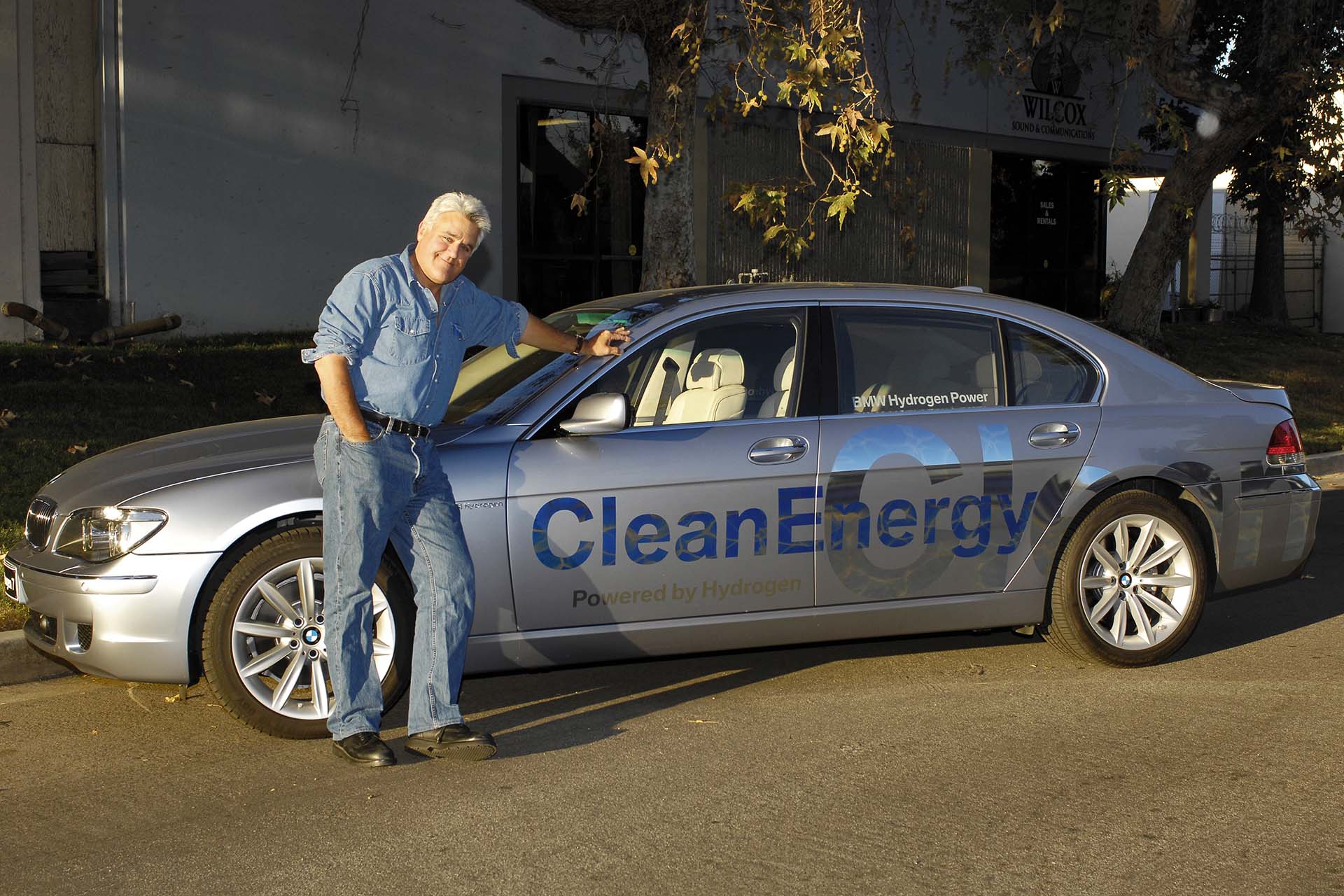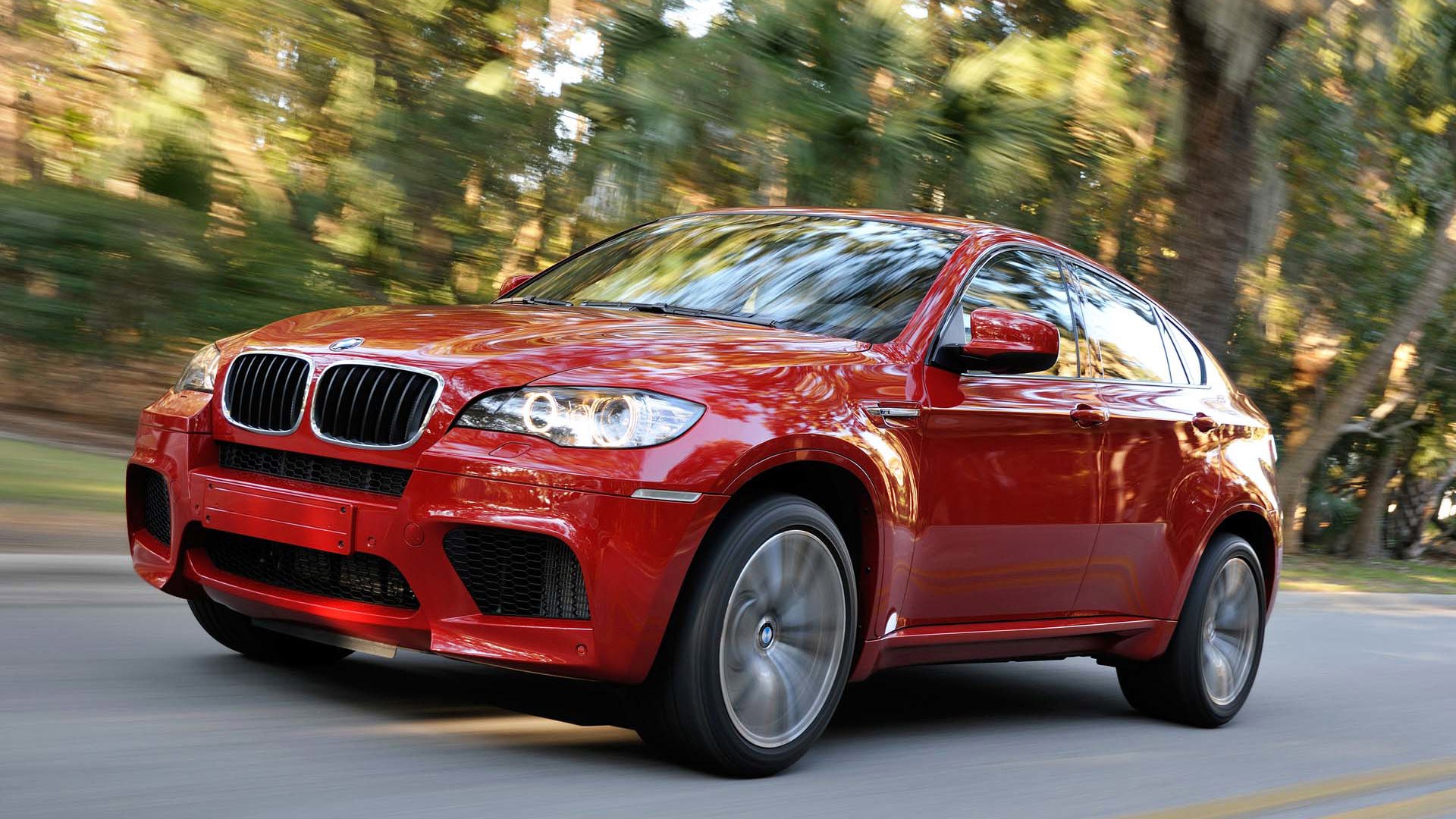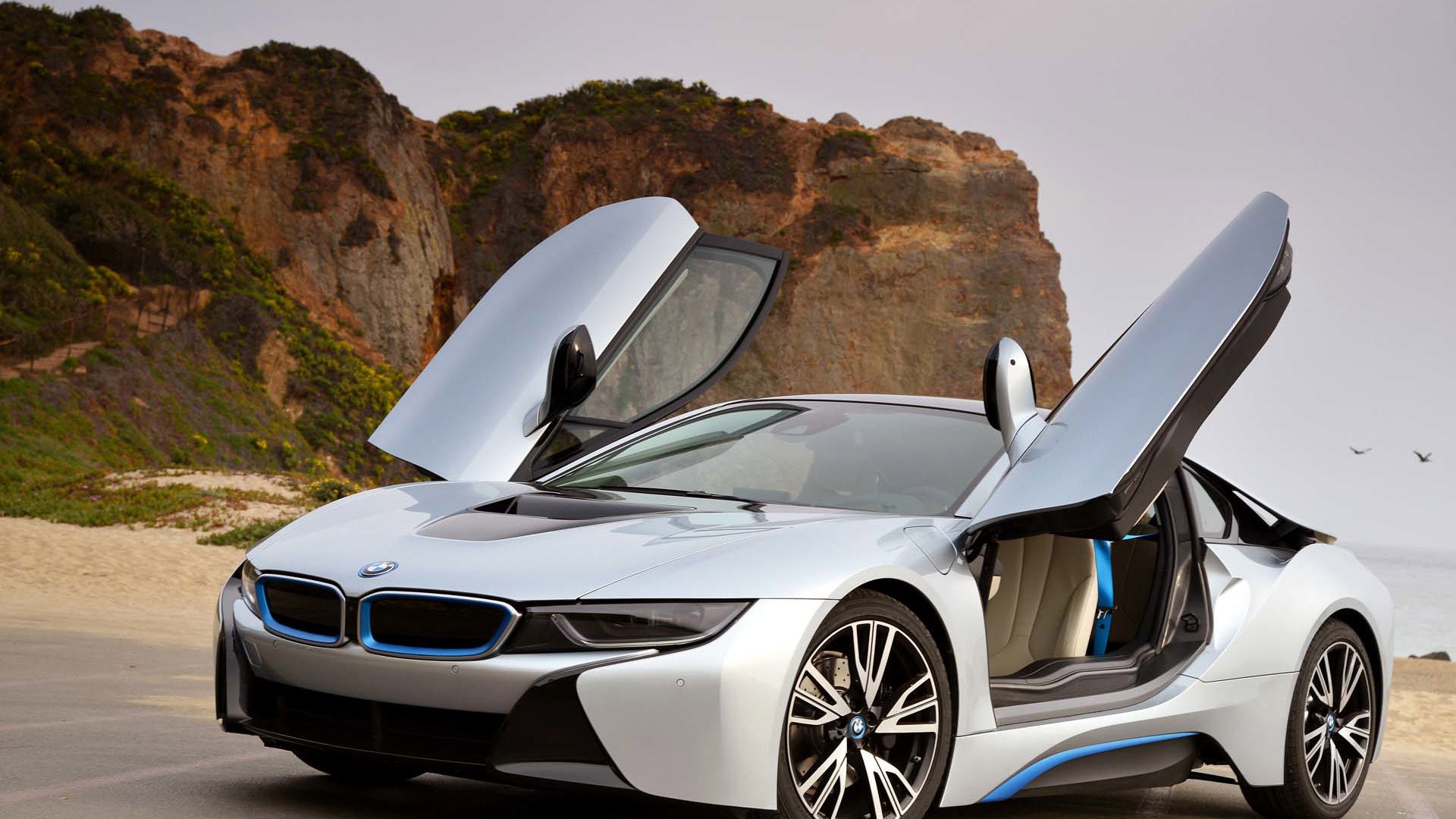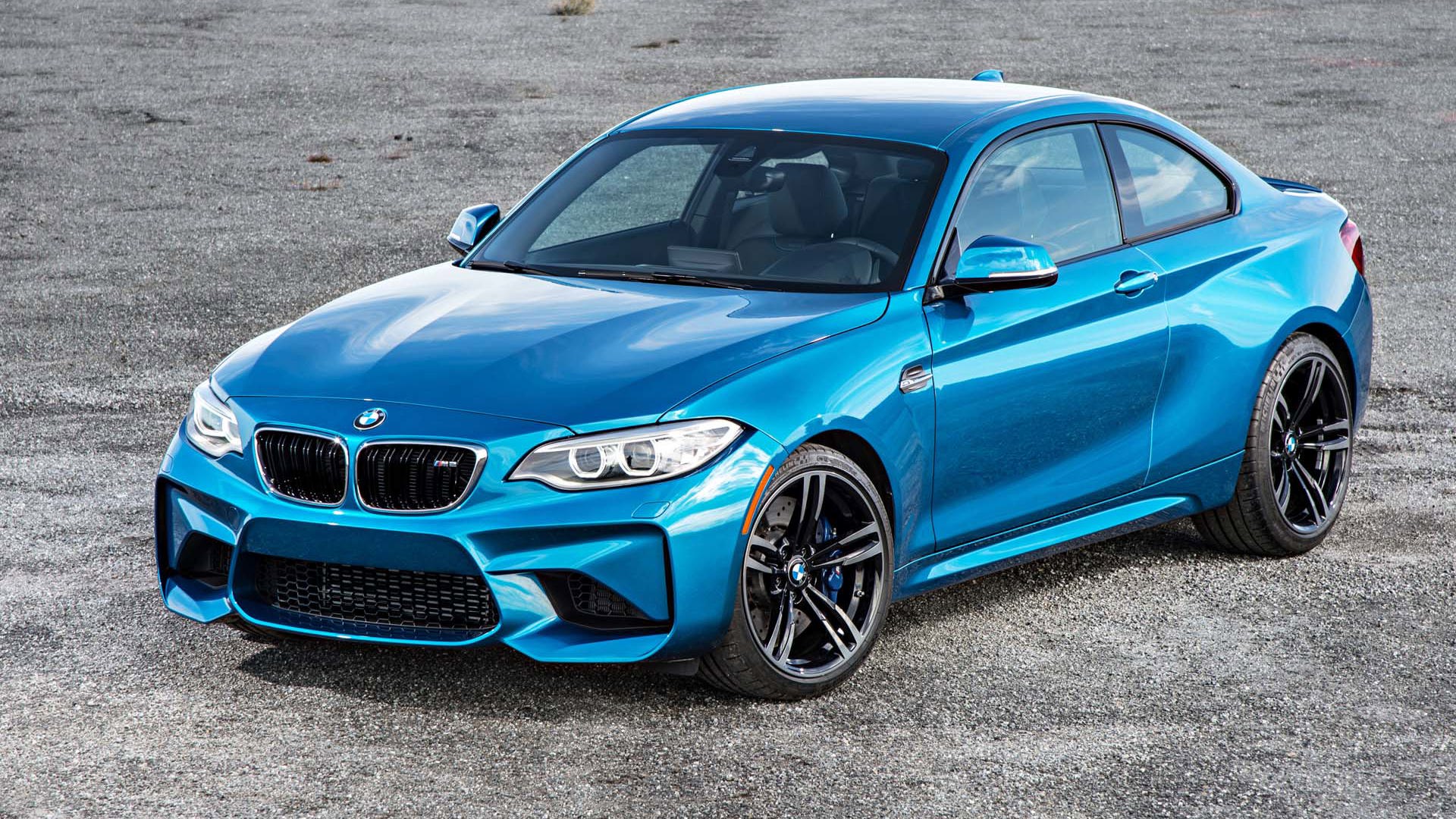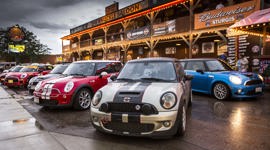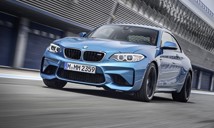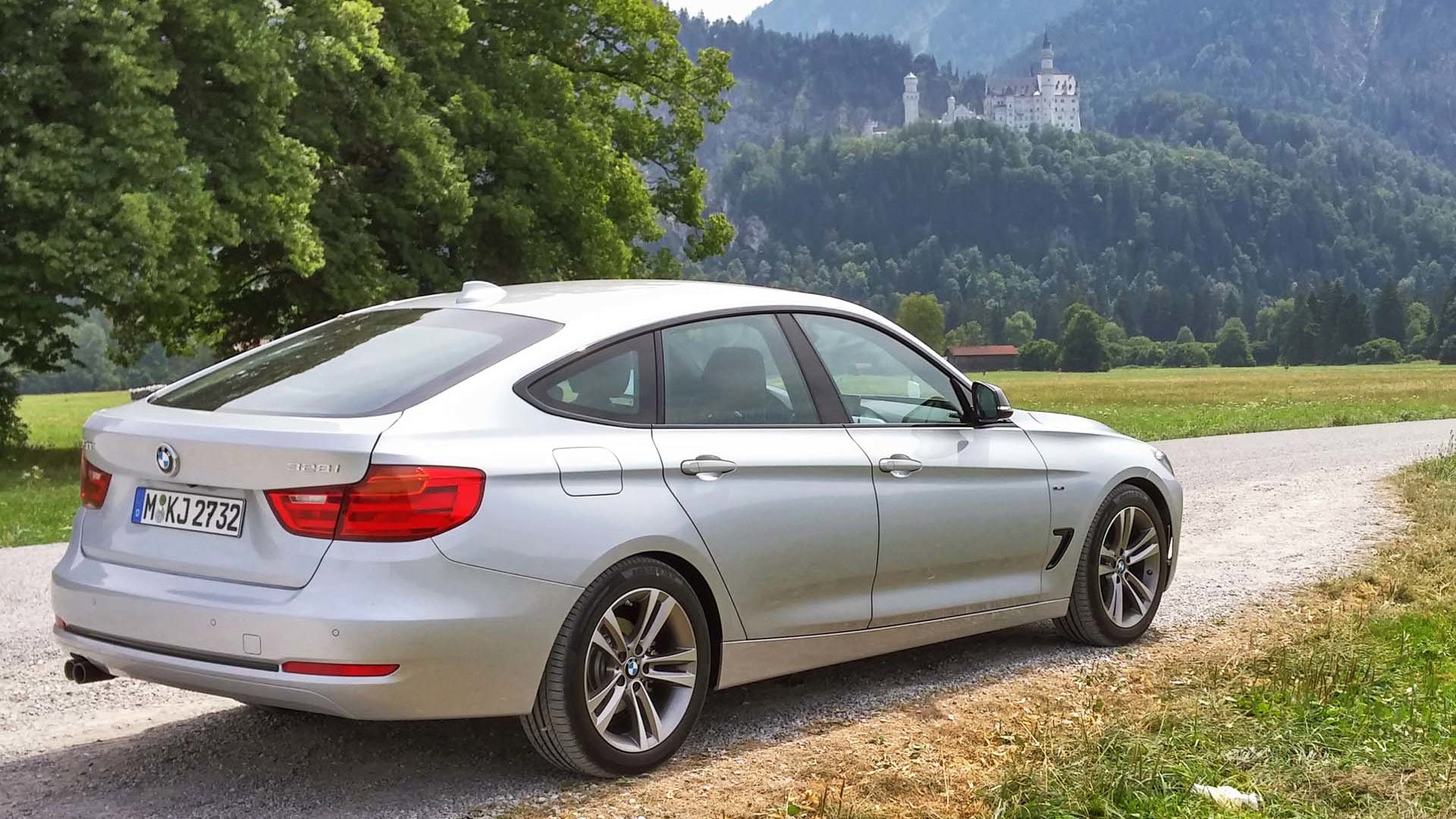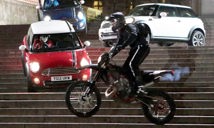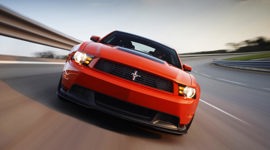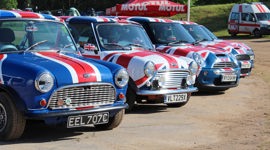BMW's roundel is not meant to represent a propeller. That bit of mythology comes from an illustration in an old ad, trumpeting the brand's aeronautical heritage.
However, the blue-and-white badge that sits on the nose of every BMW comes from an even earlier idea: a tribute to the coat of arms of Bavaria.
A century since the first BMW left the factory, we can look out across a wide and varied fleet of automobiles, offering everything short of a full-size pickup truck. Luxury limos? Got 'em. Super-fast saloons? Got 'em. Superbikes? Got 'em. Pint-sized all-electric runabouts? Gotta catch 'em all!
Here's a look back at how the roundel grew from a tiny disc to an umbrella covering a host of high-tech transportation solutions. Happy 100th birthday BMW – we baked you a cake, and it's round with blue-and-white frosting.
1923 BMW R32
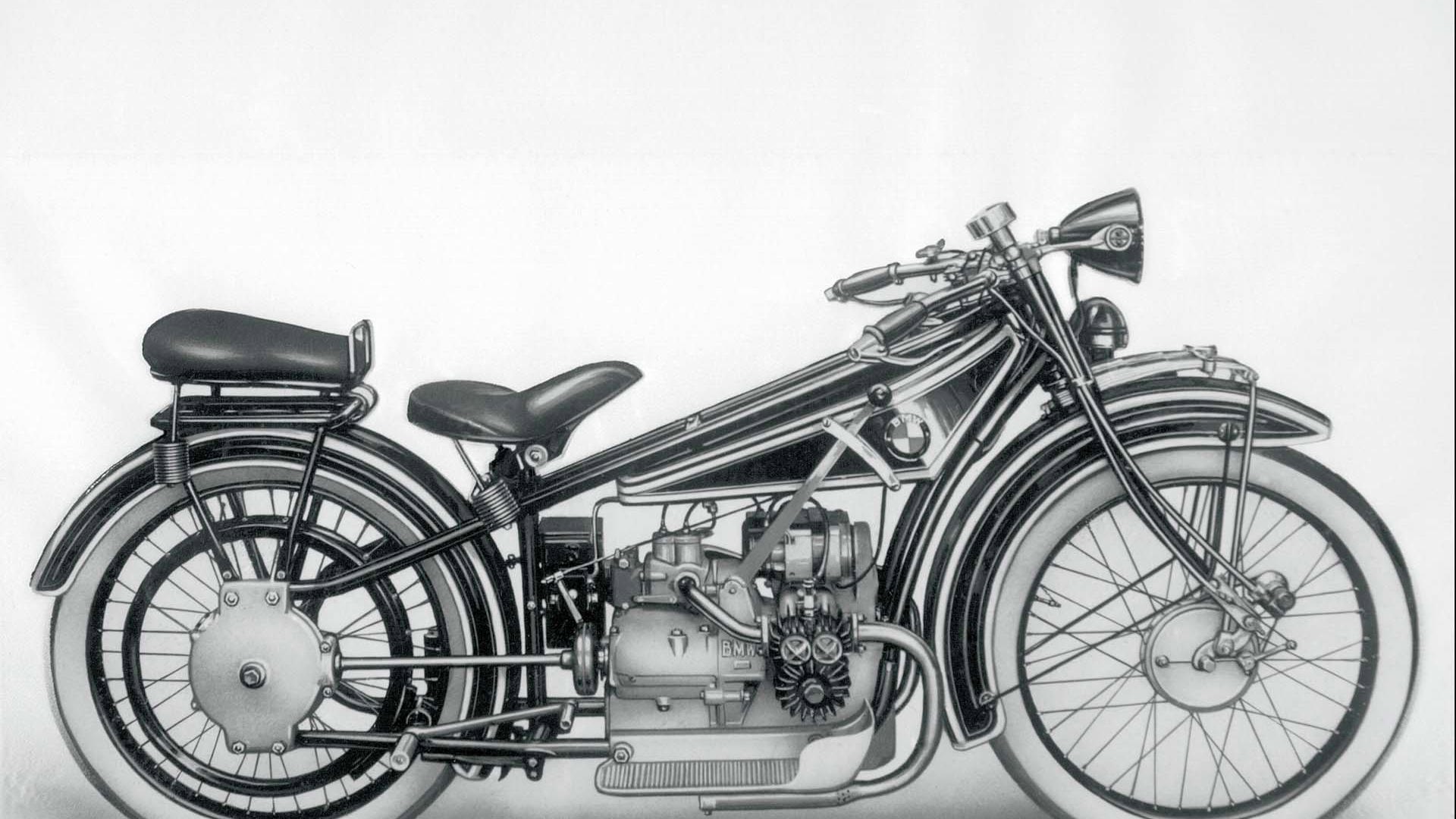
BMW's phoenix rose out of the ashes of the Rapp Motorenwerke aircraft firm following the end of WWI, and the disarmament of Germany. It didn't have wings, it had two wheels.
The R32 was BMW's first motorcycle, first in a line that would stretch to the bikes that hammer around the Isle of Man TT today. It had an air-cooled flat-twin engine – the boxer configuration that would come to define many Bimmer bikes – that produced around 8.5 hp and used a driveshaft rather than a chain. It was tough, durable, and innovative. A brand was born.
1933 BMW 303
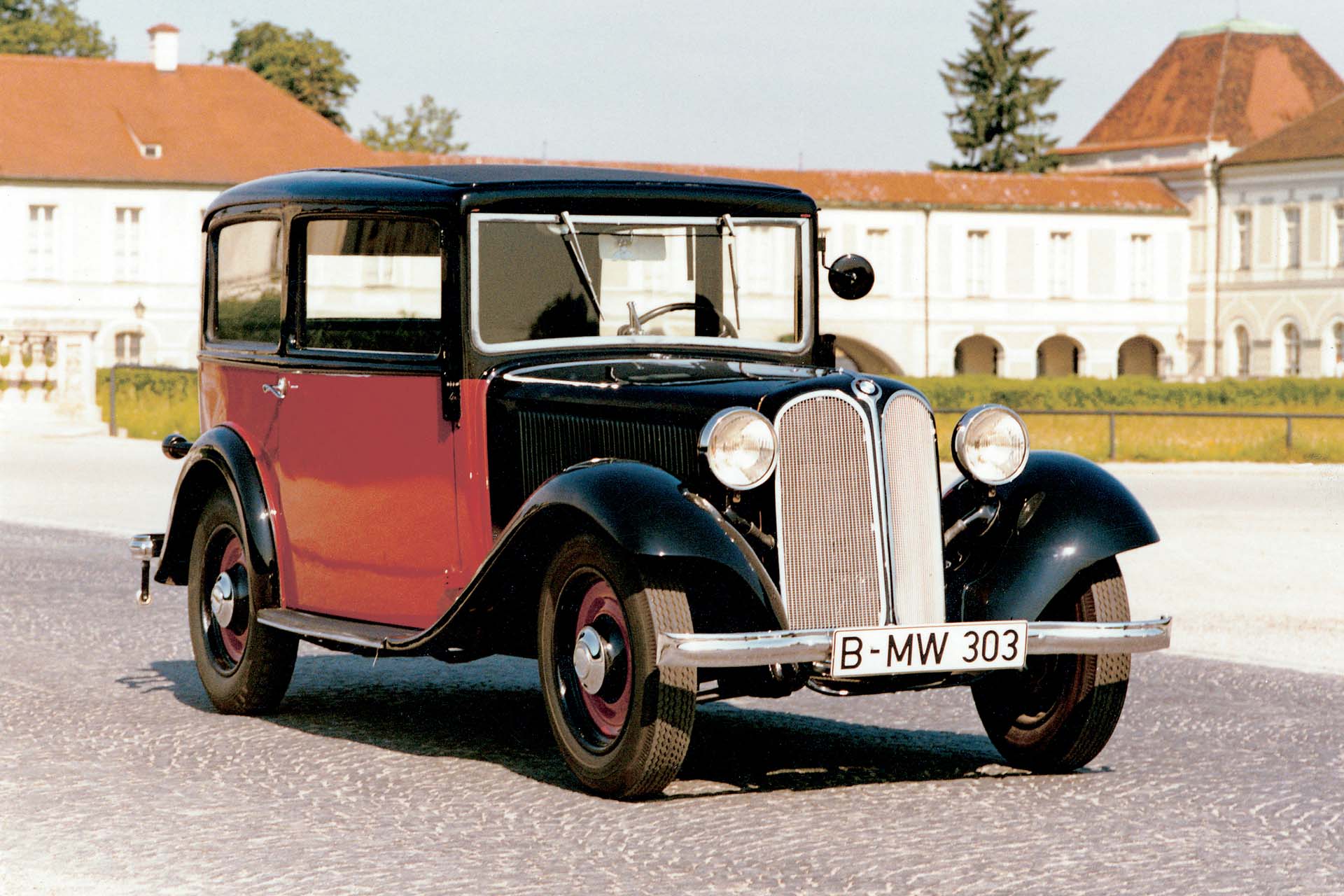
A decade after their first motorcycle hit the road, BMW was making cars. Their first foray into the market was actually a license-built version of the tiny Austin Seven. After some success on four wheels, they decided to branch out.
The 303 is not particularly well-remembered, but it brought two lasting characteristics to BMW. It was the first of the company's six-cylinder cars, with a meagre 1.1L straight-six pumping out around 30 hp. It also was the first to come with the company's signature kidney-grille layout.
1939 BMW 328
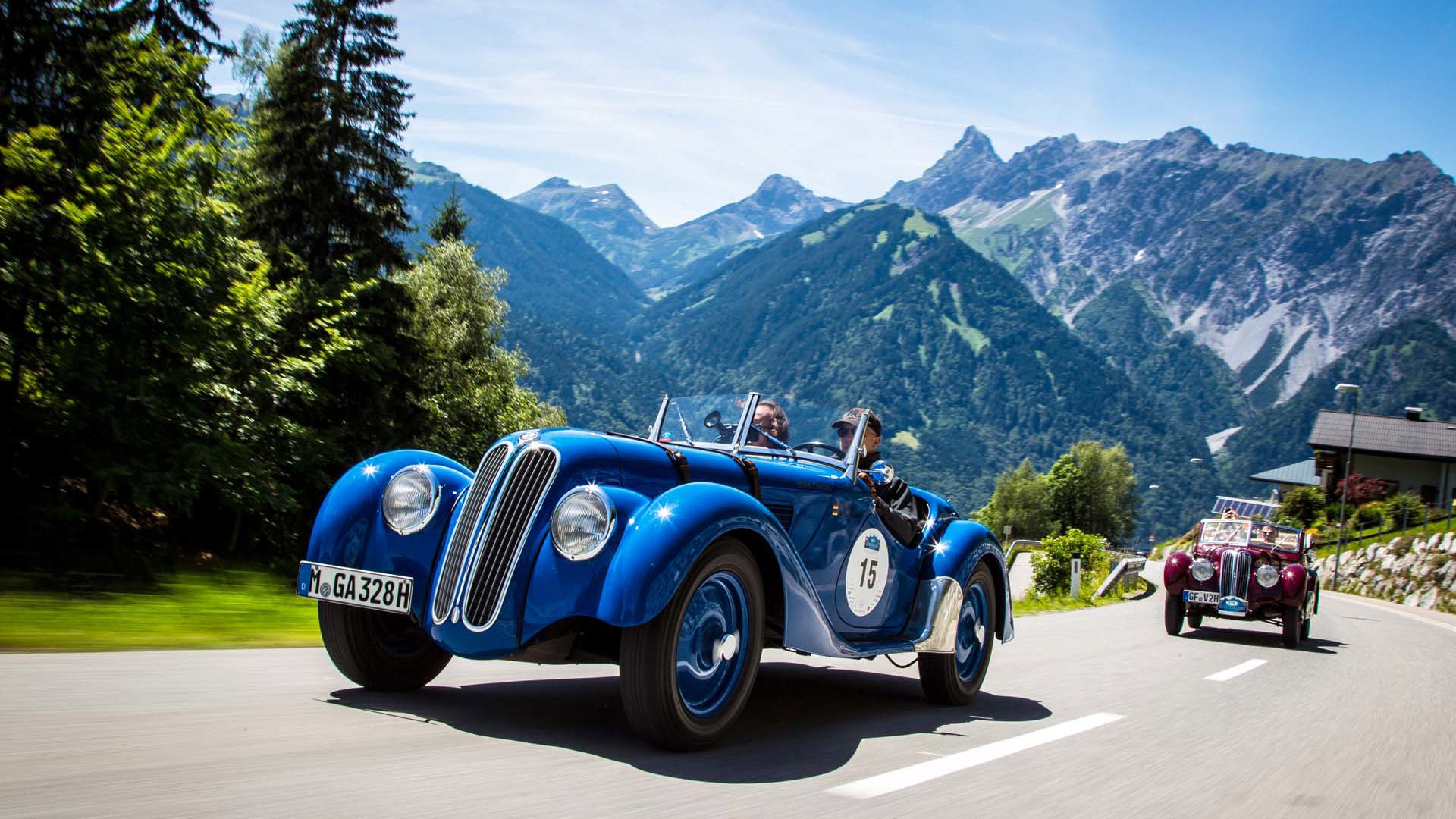
Introduced in 1936, the 328 was an open roadster with an 80 hp inline-six and deft handling. With a four-speed manual, aluminium body and steel frame, it stunned the motorsport world, racking up class victories at Le Mans and the Mille Miglia.
The ultimate evolution of the 328 was the coachbuilt Mille Miglia Touring Coupe, which stuns even today with its curving flanks and leather-strapped bonnet. It won the 1940 running of the race outright, even as war began to consume Europe.
1955 BMW Isetta
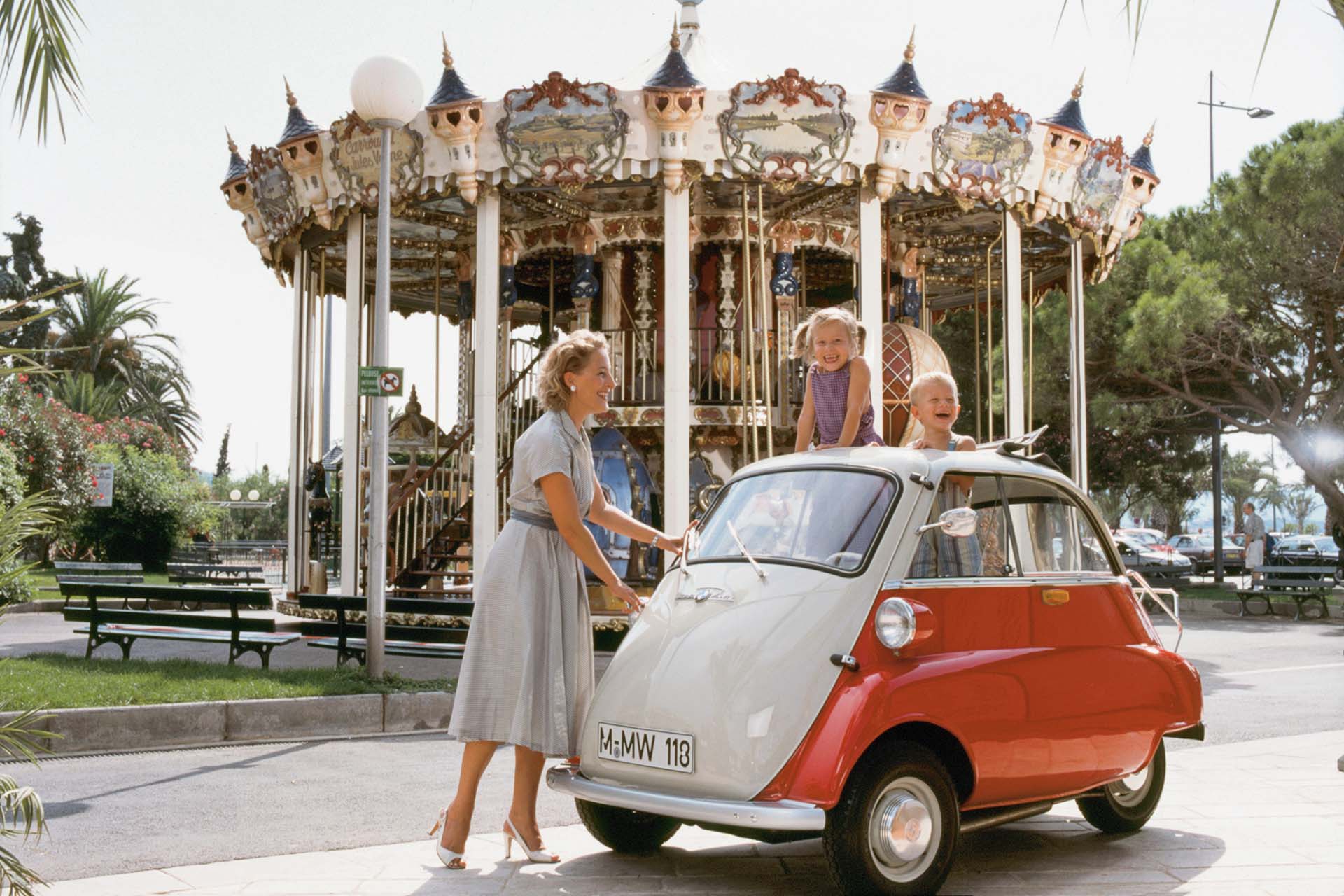
Remember that part in the last Indiana Jones movie, where Indy hides inside a fridge to survive a nuclear explosion? Oh right: sorry, I forgot we all agreed to pretend that movie never happened.
But anyway, here's BMW's live-saving refrigerator, the homely little front-doored Isetta. Designed by an Italian refrigeration company, Iso, the Isetta was comprehensively reworked by BMW into a sales success, keeping the company going through the lean postwar years.
1956 BMW 507
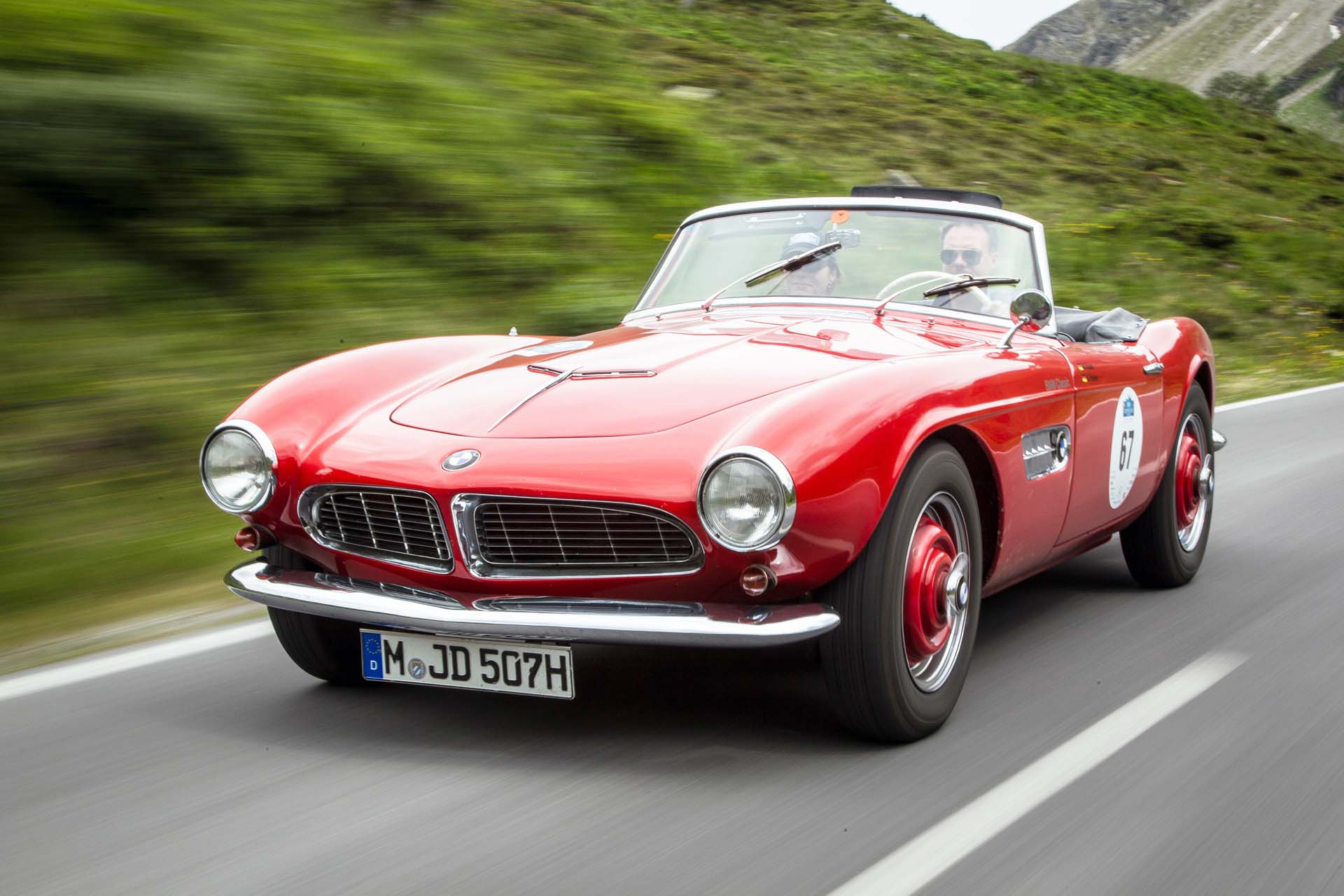
Park the luscious 507 sportscar next to the Isetta, and ask yourself which was BMW's biggest flop. Turns out the pretty one was pretty much the dumbest thing BMW ever did.
Intended as a foray into the US market, spurred on by Max Hoffman (the same Hoffman who made the Porsche 356 Speedster a success), the 507 had a V8 engine, all-aluminium bodywork, and a list price of around $5,000. Or at least it was supposed to – production costs in Germany caused the 507 to essentially double in price. Elvis still bought two, but BMW only sold 252 cars, and nearly went bankrupt.
1962 BMW 1500
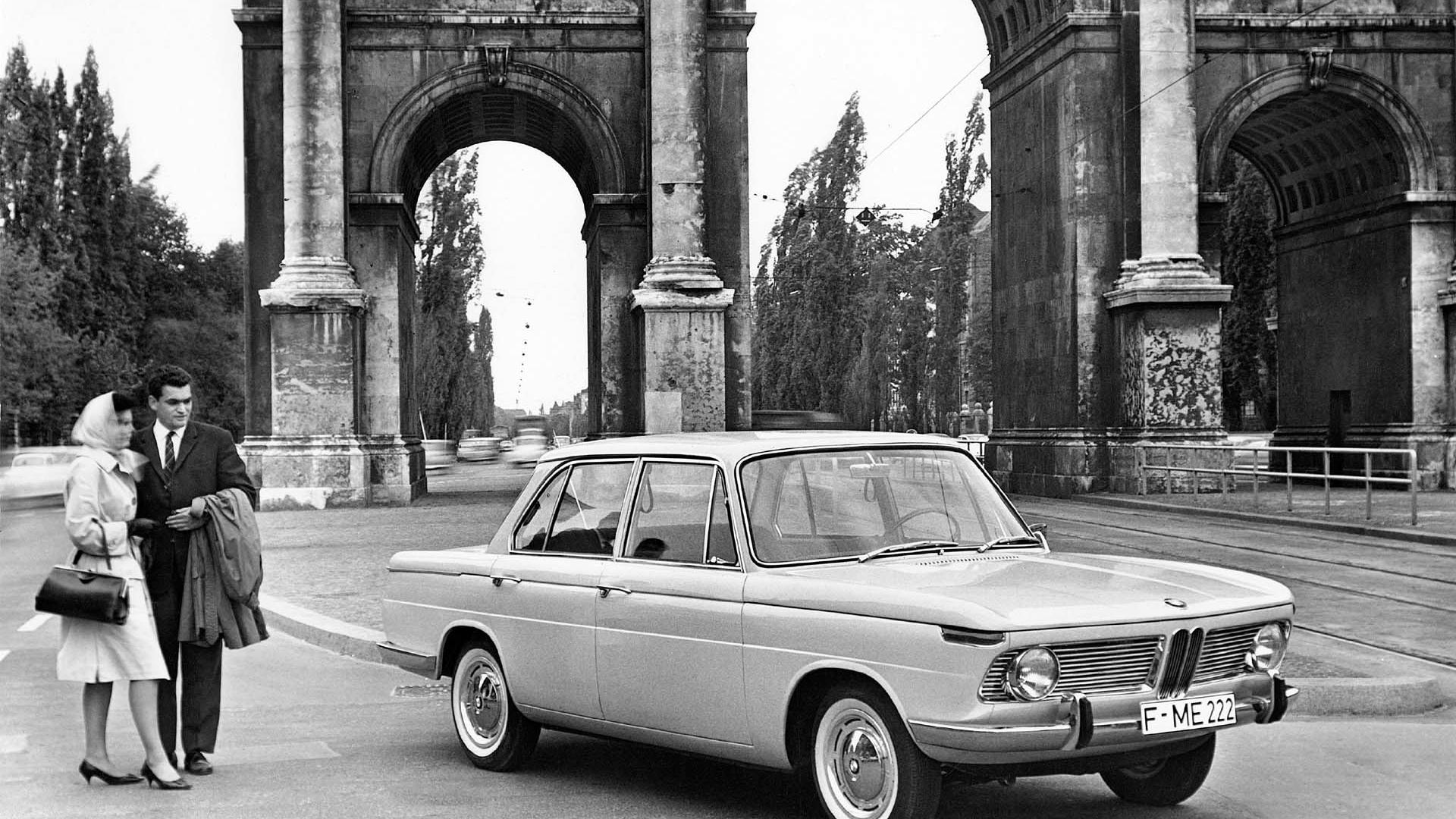
Forget the swoopy sportscars for now: it's time for BMW to start thinking inside the box. The 1500 was the first of BMW's Neue Klasse sedans, stout, upright things with good visibility and squared-off, Germanic styling.
And they were also relatively quick. While the first 1500 only had 80 hp, it was a lively handler. Combining saloon-car practicality with some BMW sporting heritage, it would mark the way forward for the way we would all come to think about BMWs.
1969 BMW 2002tii
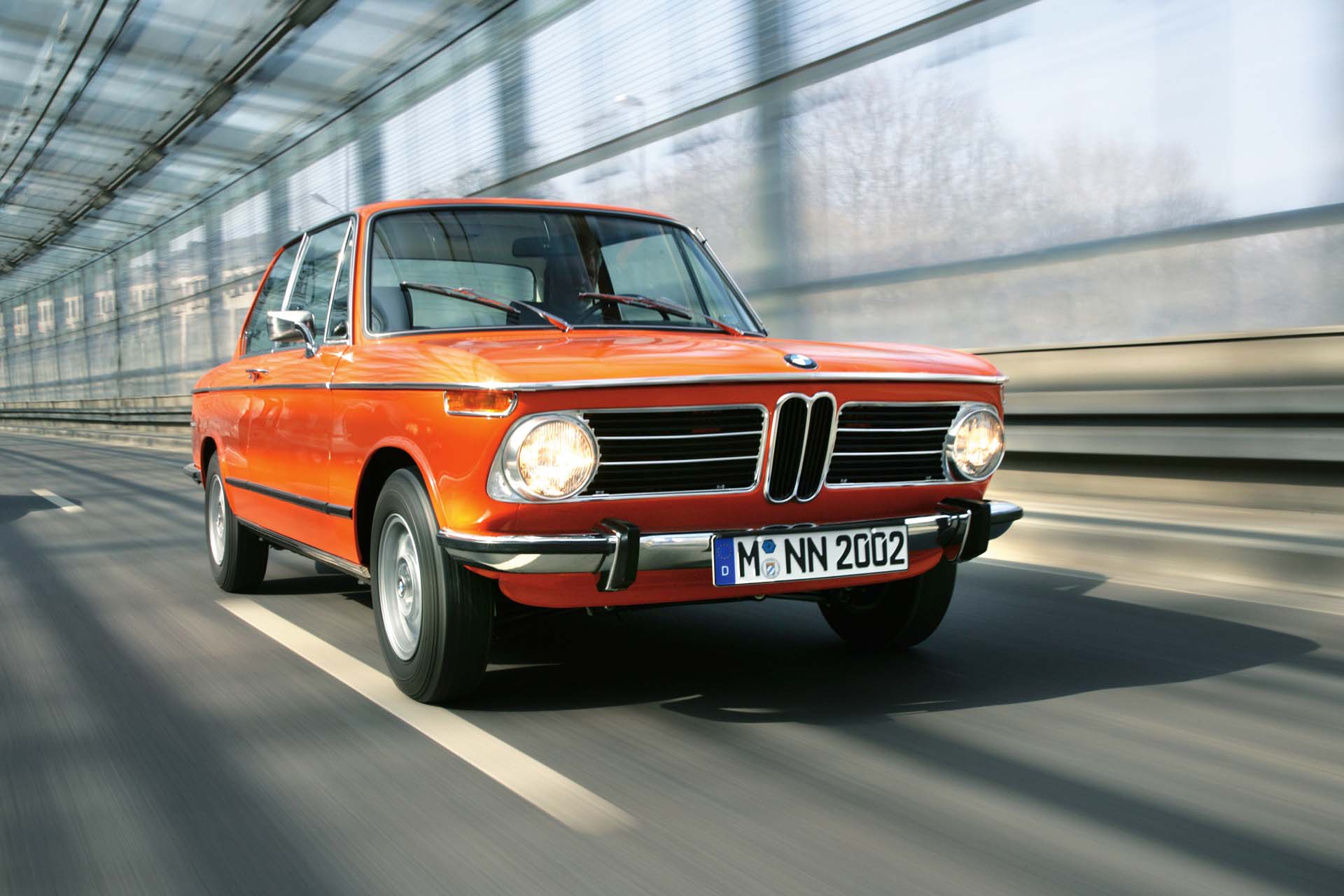
Sporty though it might have been, the Neue Klasse BMWs didn't really get things together until BMW had another motorsport brainwave in the form of the 2002tii. Why not take the 2.0L four-cylinder out of the larger four-doored 2000 sedan and stick it in the runty little 1602 chassis? Stop me if you've heard this recipe before.
Having kicked posterior in touring car racing, BMW added mechanical fuel injection into the mix and created an enthusiast's favourite. Everyone from all the major US magazines went crazy over the little pugilist, which punched well above its weight in a time when the land yacht dinosaurs were beginning to look a bit endangered.
1972 BMW Turbo concept
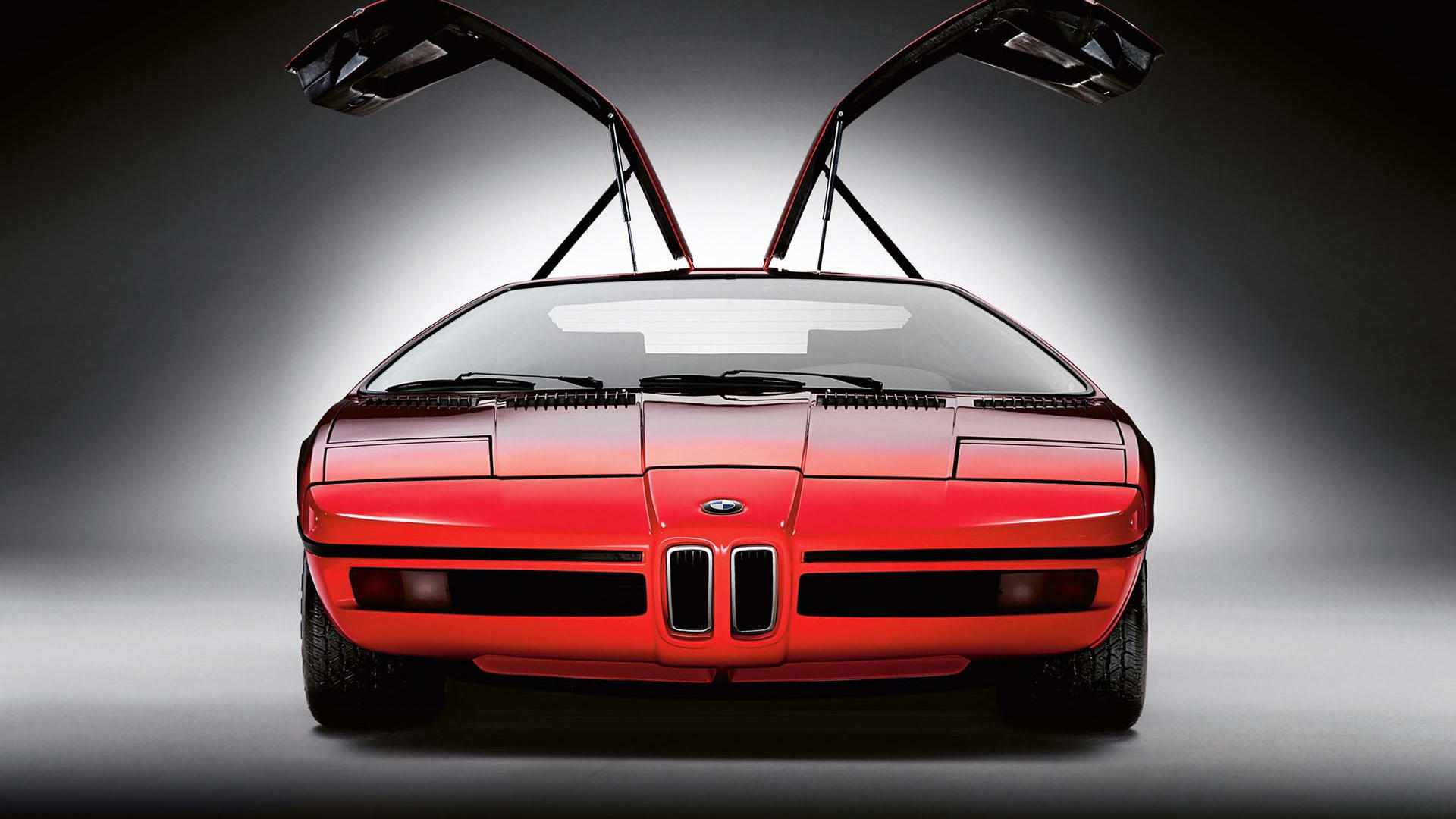
The direct ancestor of the BMW M1 (which we'll get to in a moment), the Turbo presaged a whole suite of BMW design languages that trickled out into various special cars. If you squint, there's even a bit of foreshadowing of the i8 going on here.
Designed by Paul Braq and built for the 1972 Munich games, only two of these machines were made. Each one was powered by a turbocharged version of the 2002tii's 2.0L engine. And guess what happened next.
1973 BMW 2002 Turbo
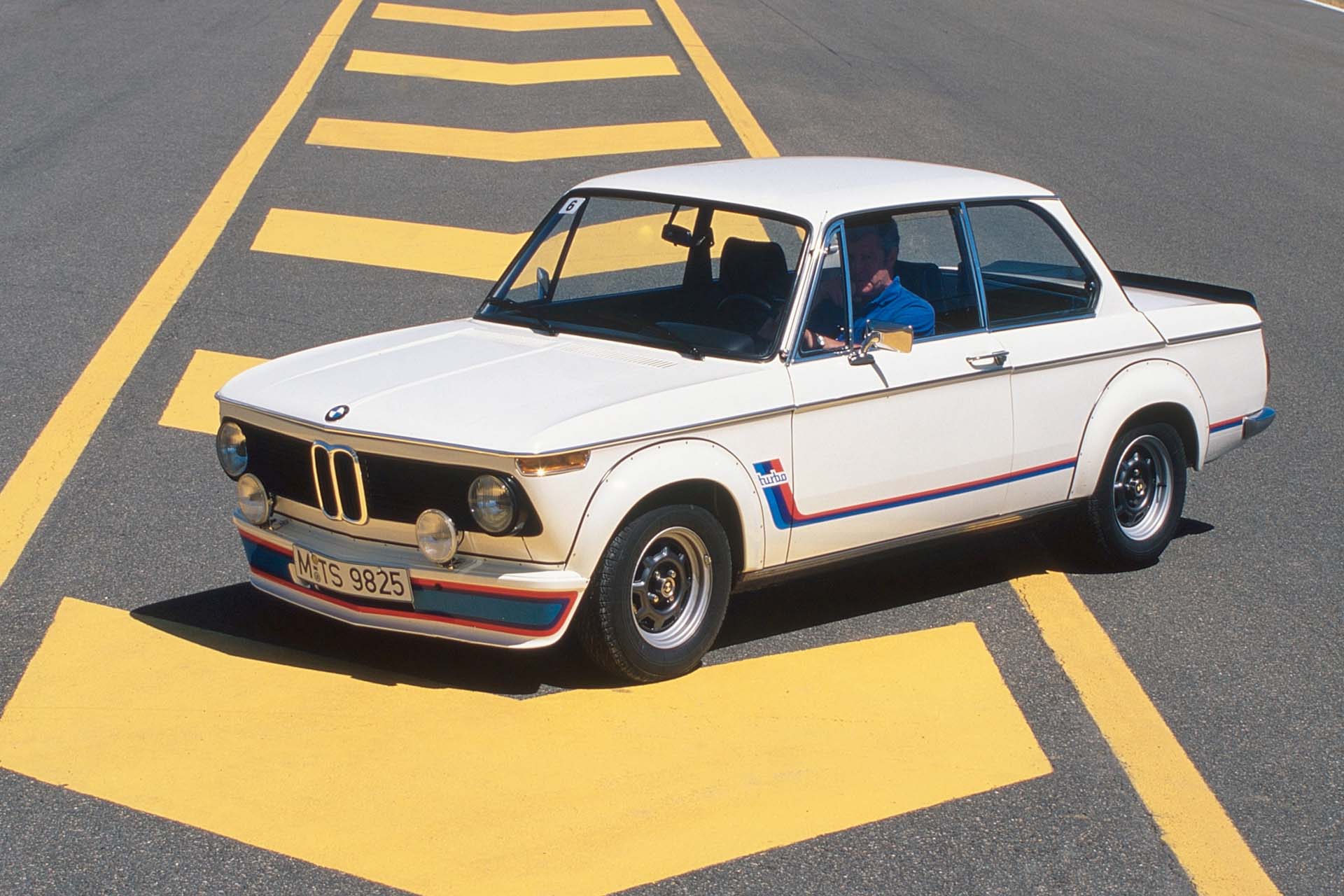
Before Porsche had a production Turbo model, BMW did. Basically an evolution of their touring car model, the 2002 Turbo is one of the wildest, loutiest machines ever made. They even put a giant air dam on the front, with a mirror-image TURBO decal, so slower drivers would know to get the hell out of the way.
It was more than a bit rude. Still it heralded a long-off future where nearly all BMWs would be turbocharged.
1973 BMW 3.0CSL
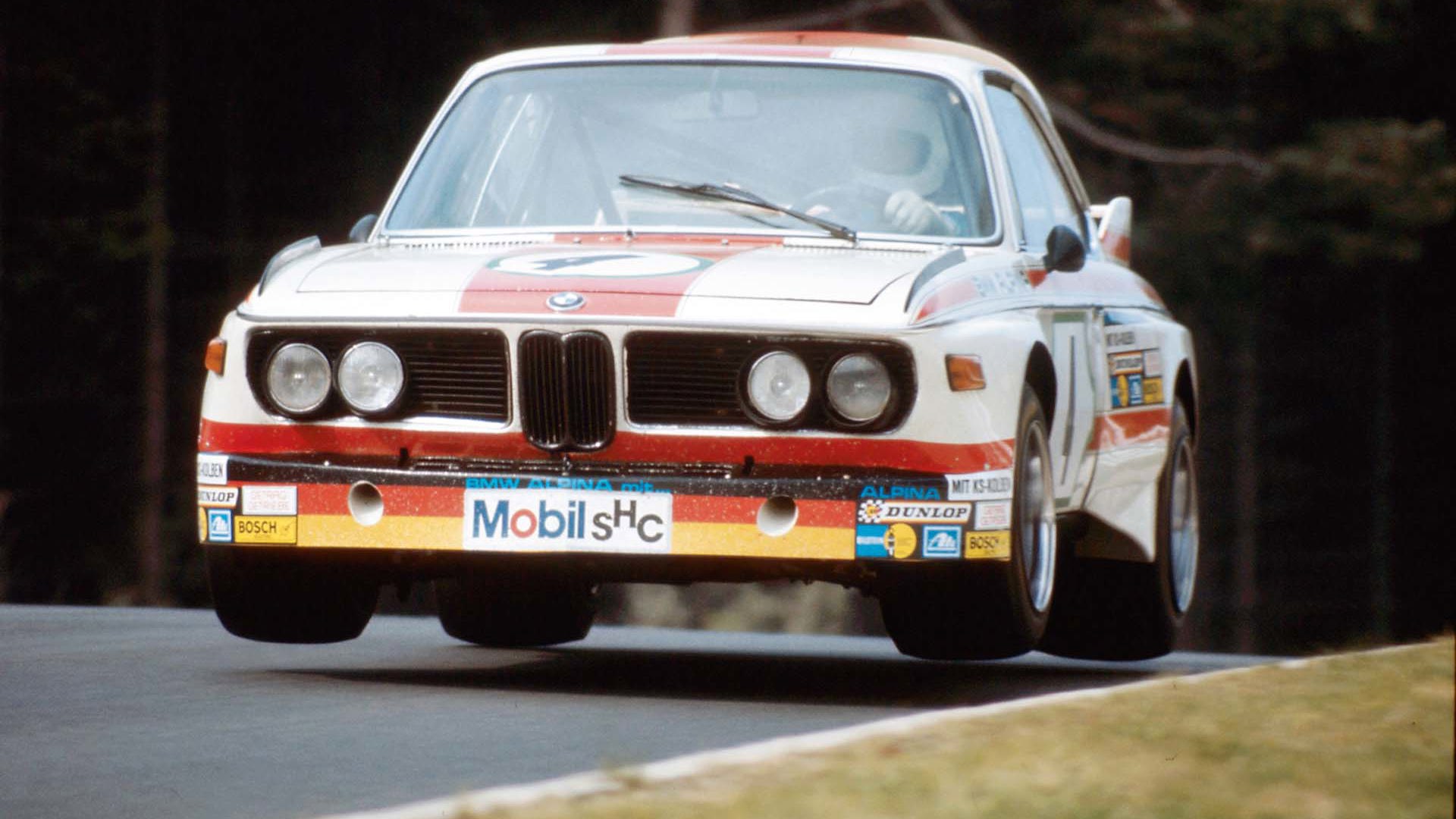
The so-called “Batmobile” earned its name for a wild array of aerodynamic tweaks. Fun fact: the giant rear spoiler they came with wasn't installed from the factory, but came tucked away in the trunk for later. Even BMW knew they were making something outrageous.
With a big-hearted 3.0L straight-six providing driving force, racing versions of the 3.0CSL captured class wins at the '73 24 Hours of Le Mans. They would also become the first of the BMW Art Cars, machines of both speed and beauty.
1978 BMW M1
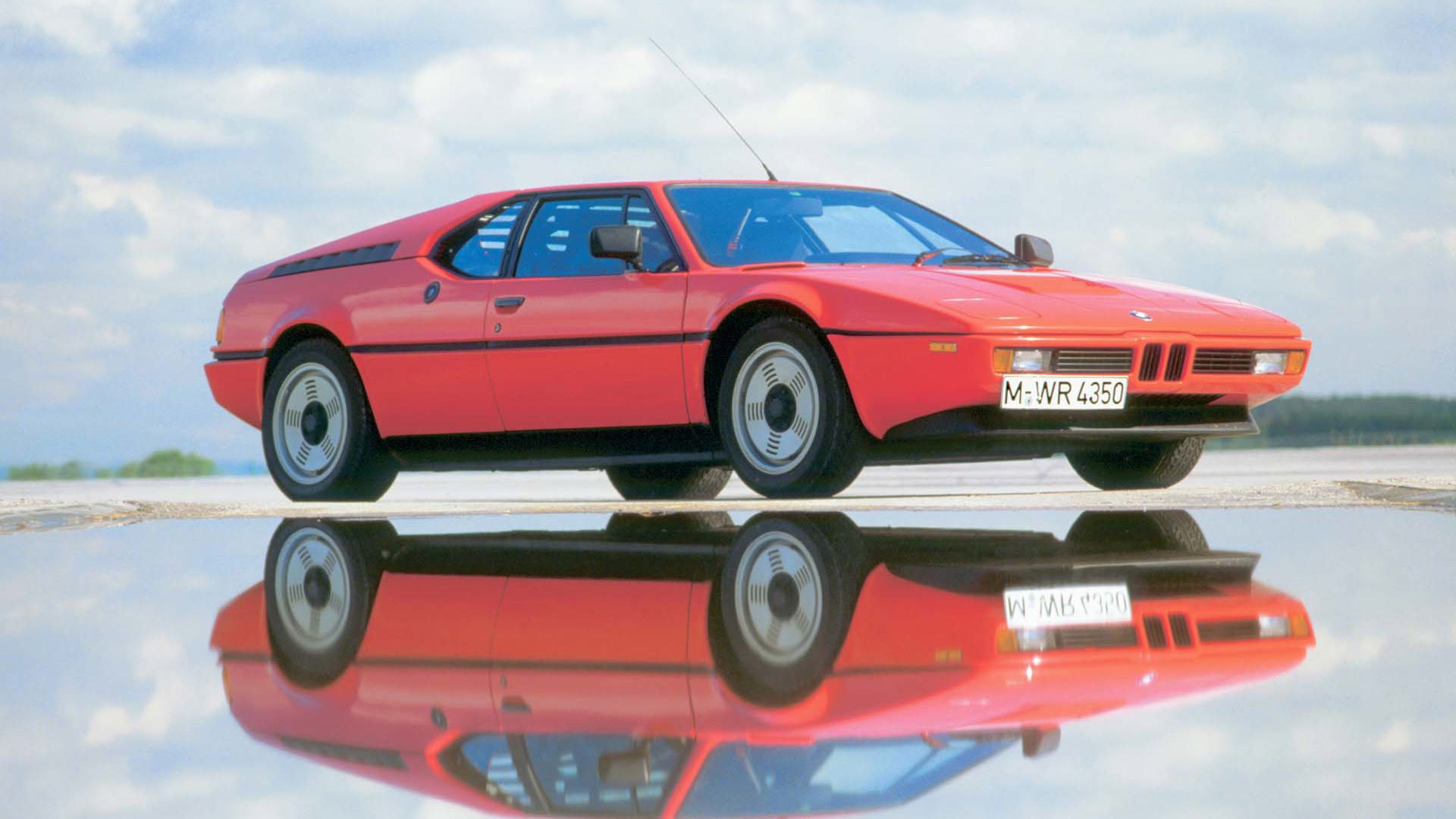
Genesis. The first of BMW's M-cars is utterly legendary, a low, sleek, wedgy shape that defines the brand. It's a jaw-dropper – funny that it's not actually all that fast.
Powered by a 275 hp 3.5L inline-six, the M1 isn't some V12-powered Italian exotic. It's easy to drive, relatively comfortable, and even reliable. Lamborghini was under contract to build it initially, but thank goodness that fell through; owners can enjoy these cars regularly, as long as they're willing to risk them on the roads.
1986 BMW M5
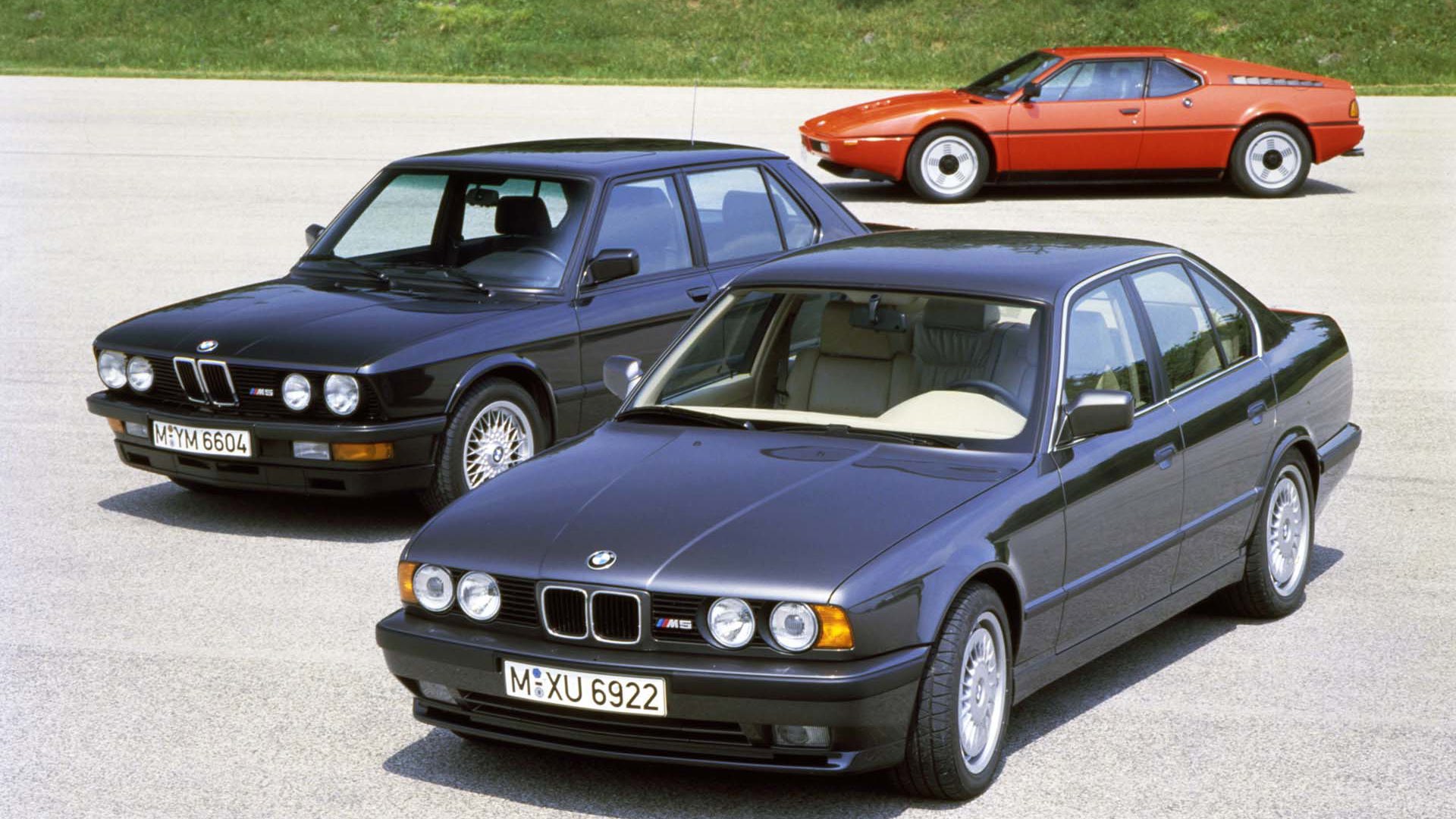
Very few people will ever be able to afford an M1. However, even your average Bimmerfan can save up enough money for a classic M5. The original cars are rare, but they do come up for sale from time to time.
And what a beast they are. Taking the M1's handcrafted engine and slotting it into a usable saloon car created one of the best BMWs ever. It was as fast as a sportscar, but subtle enough for the executive, and practical enough for the family man.
1987 BMW M3
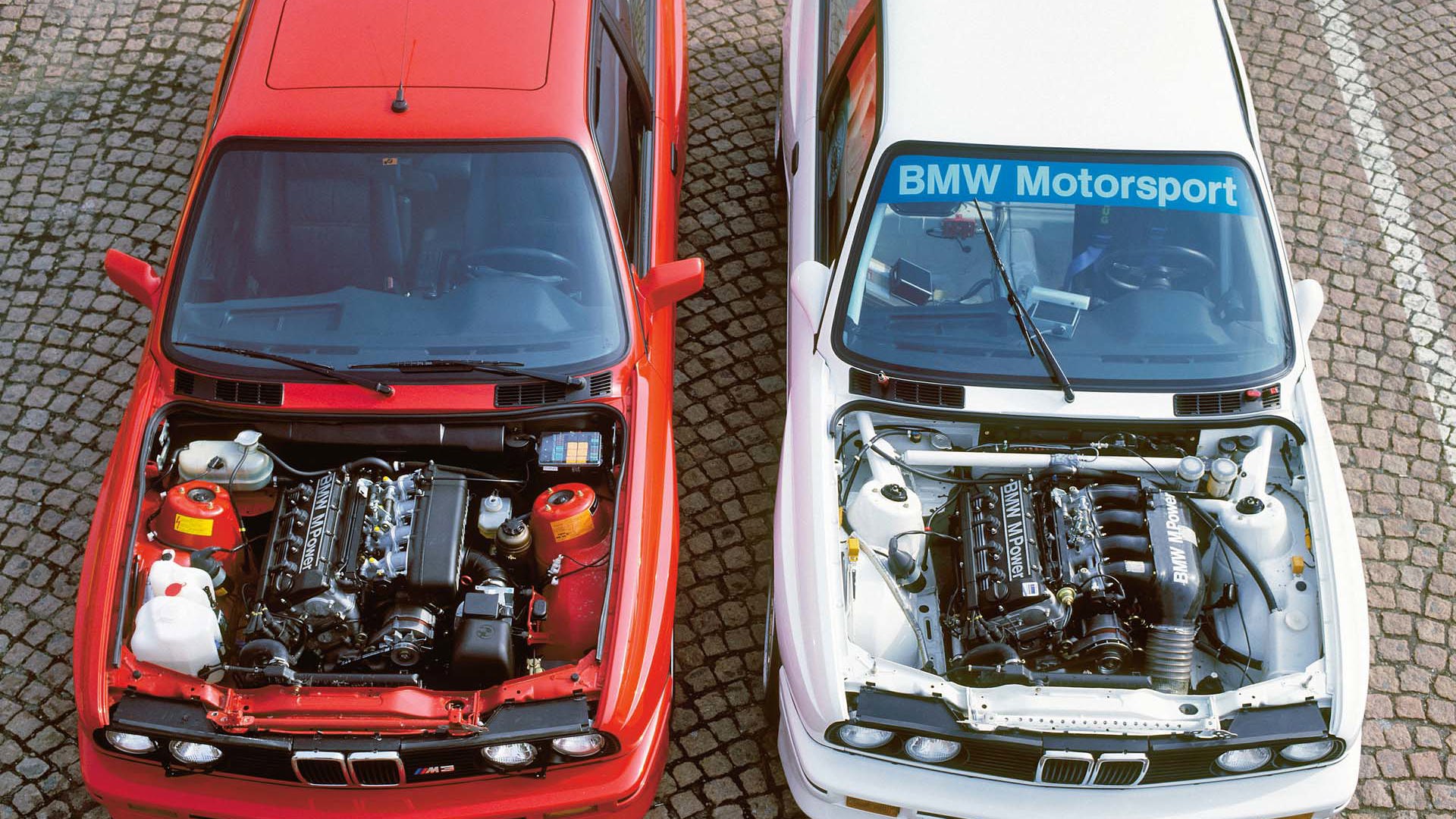
Meanwhile, the M5's little brother learned how to kickbox and went touring car racing. A homologation special built for the DTM series (Deutsche Tourenwagen Masters), the box-flared original M3 is still considered the best of the breed.
Powered by a high-revving four-cylinder engine, the M3 was a screamer than rewarded skilled drivers. It was as unsubtle as the 2002 Turbo, but is universally loved even now.
1988 BMW 325is
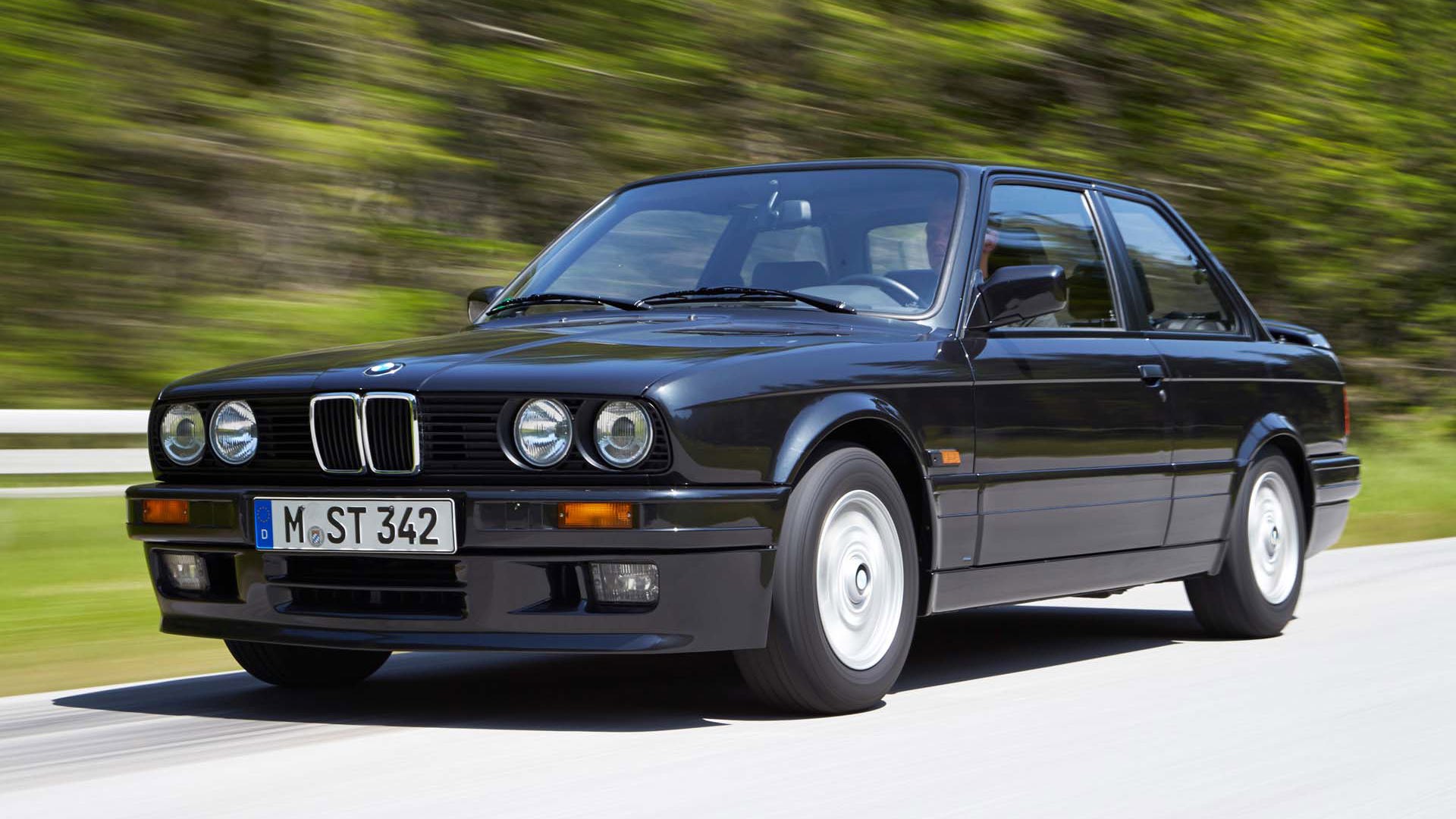
The temptation here is to find some obscure model variant with weird features, but let's look at something more mainstream before we leave the E30-chassis cars. The 325is was a sport-tuned version of the 325i, which could be bought as an automatic, a convertible, or an automatic convertible. It was a yuppie car.
The 325is was more of a “yippee!” car. The ultra-refined 2.5L inline-six makes a solid 168 hp, but the brilliance is to be found in a well-tuned chassis. Finding a well-sorted classic is hard, as the E30 chassis is popular with the tuner crowd. But it's worth looking.
1989 BMW Z1
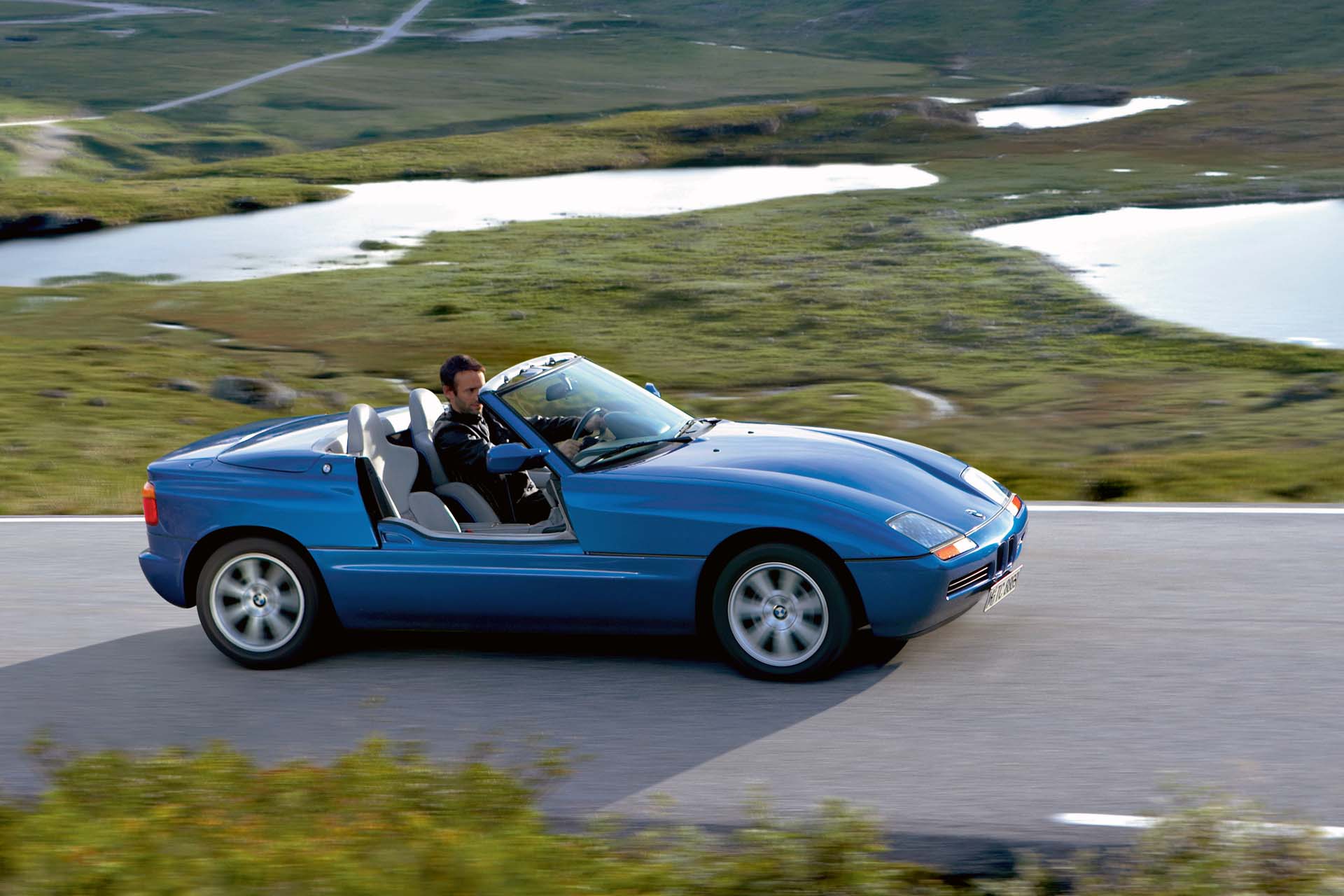
Yes, it's got weird, internally sliding doors. Never mind those (cool as they are), the Z1 led the way for whole new breed of specialized BMW convertibles. Intended as a tribute to the 507, some 8,000 of these two-seaters were sold, making the case for BMW roadsters once again.
The bones of the Z1 were built on the 325i, making it smooth but not particularly powerful. It did, however, come with one of the first multi-link rear suspensions on a BMW, a technology that would find favour in almost all the marque's sporting machines down the line.
1991 Alpina B10 BiTurbo
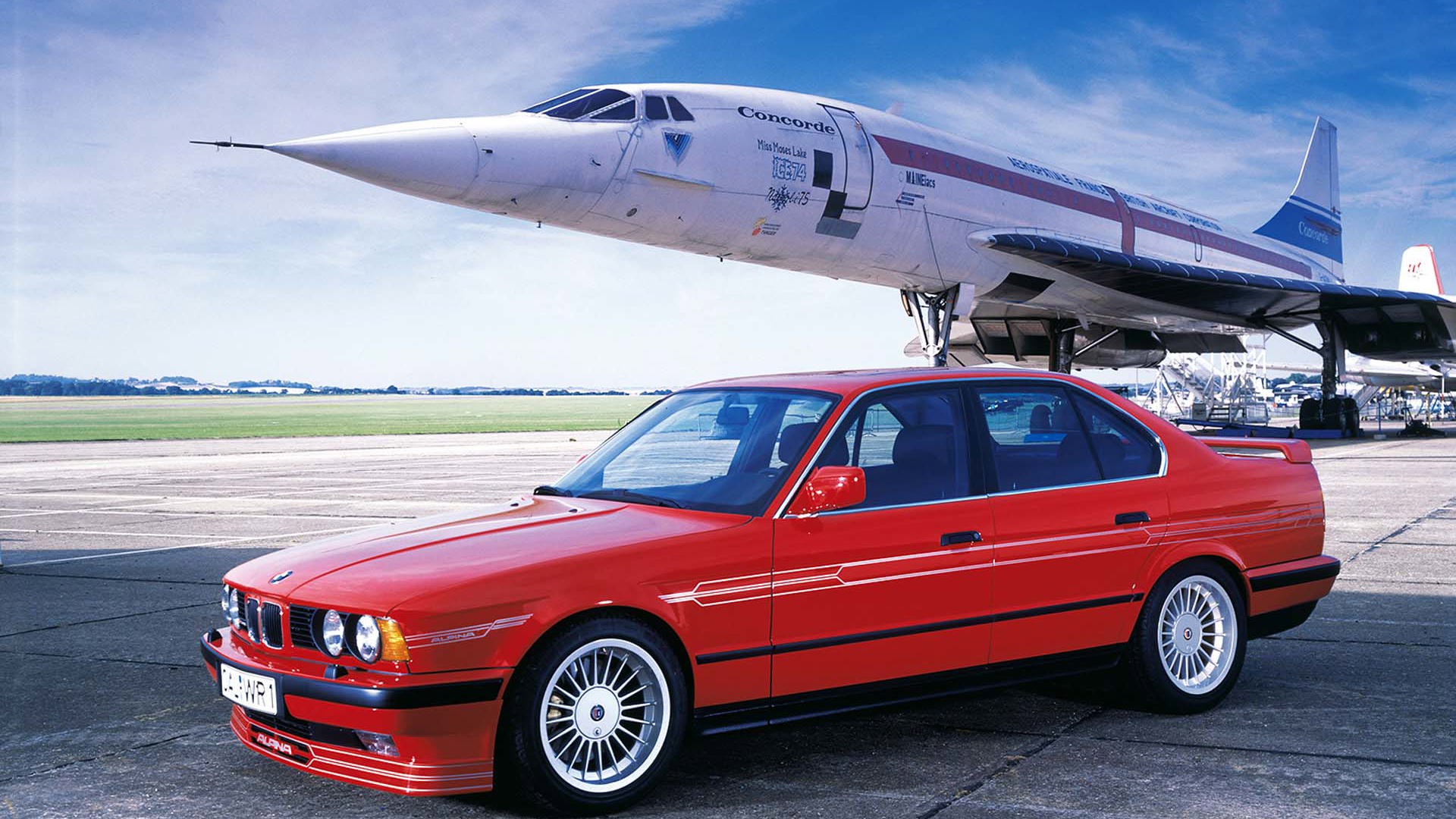
Time for a sidebar: Alpina is most properly its own manufacturing concern, though one now absorbed into BMW. The company started out as a specialized racing firm, not unlike AMG, and was involved with the touring car versions of the 3.0CSL. They also built some extreme road cars.
Alpina-tweaked BMWs are characterized by torque instead of revs, but this example is probably the peak of the breed. Basically a twin-turbocharged answer to the M5, the B10 has 360 hp and 365 lb-ft of torque from its boosted inline six, good enough to run to nearly 300km/h. At the time, it was the fastest four-door in the world.
1992 BMW 850csi
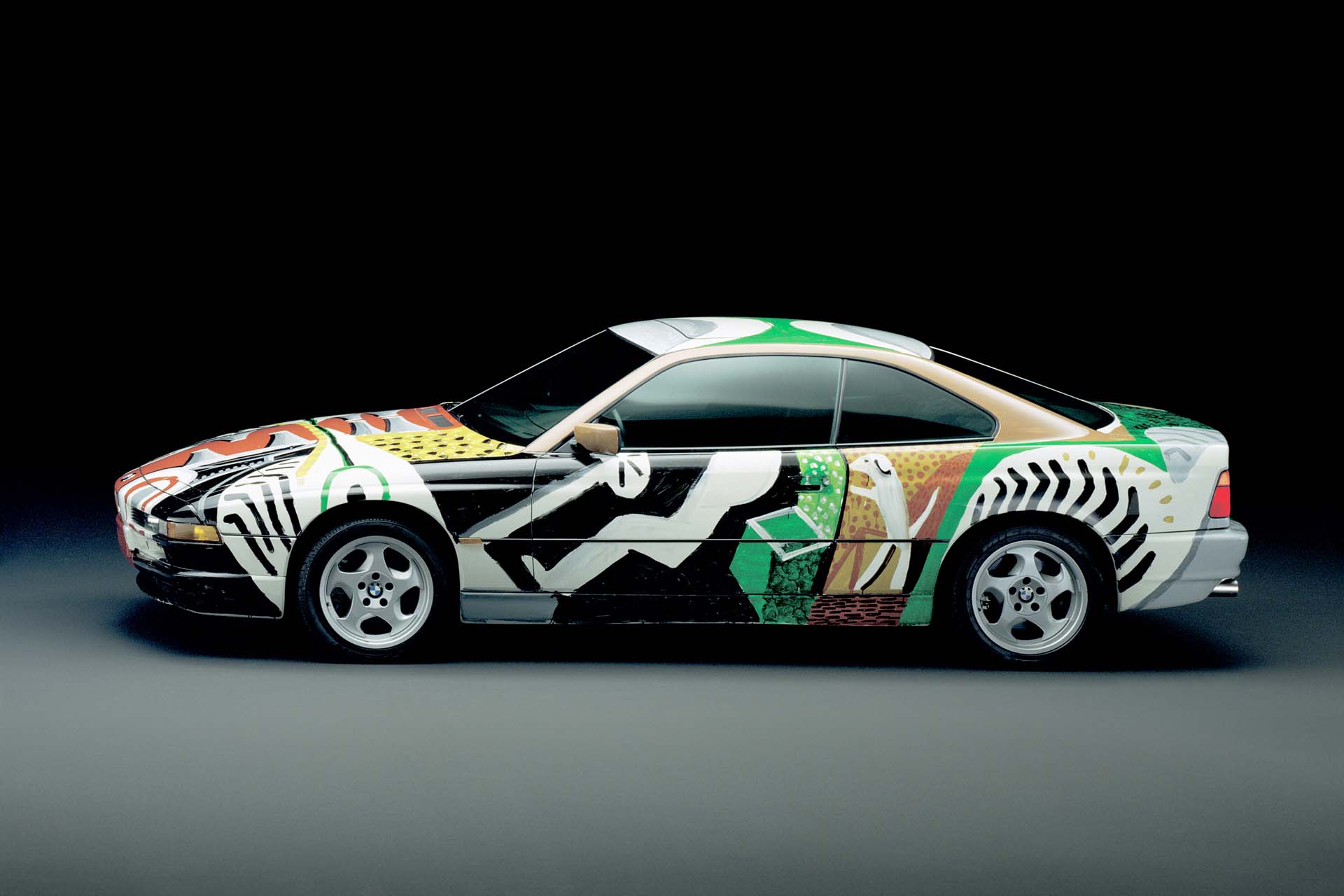
YEEEAAAHHHH – no, just kidding; this isn't another Crime Scene Investigations spinoff. It's just the ultimate version of BMW's gorgeous V12 luxury sport coupe.
The 850 incorporated elements of the M1, and has aged impeccably. The best and rarest version of it is the 850csi, made by BMW's M-division, but not actually marked as an official M-car. It came with a tuned suspension, and a V12 reworked to 375 hp.
1998 BMW M Coupe
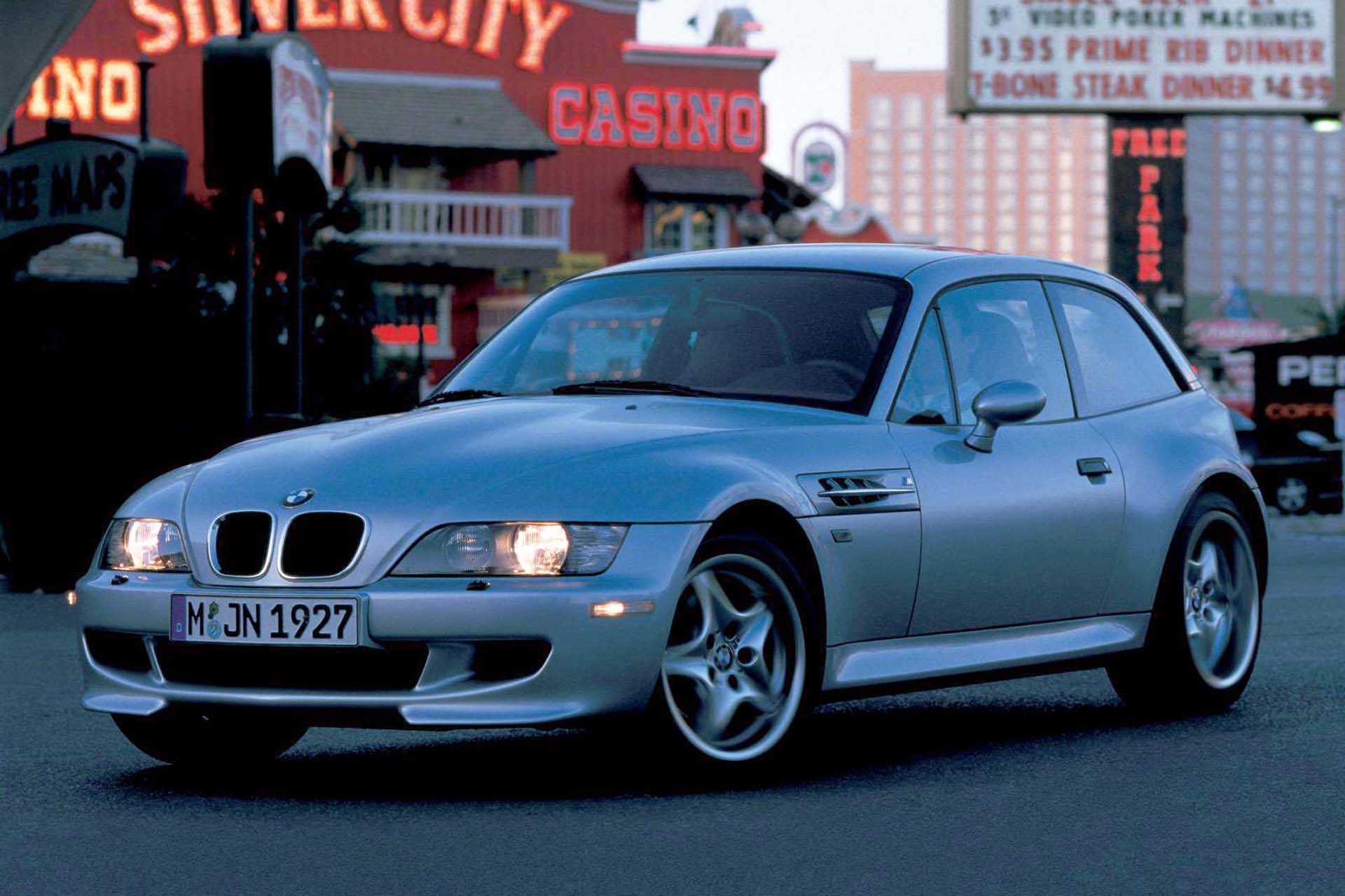
So here's a weird shooting-brake with flared fenders and an overpowered straight-six. Fans call it the clownshoe, and it is a complete oddball.
At BMW's M-division, so the story goes, you can sign out any car for the weekend: M3, M5, whatever. During the time the M Coupe was around, there were nearly fist-fights over the keys. Raw, loud, and more than a little hairy in the wet, it became a fan favourite when the public got their hands on it.
1999 BMW X5
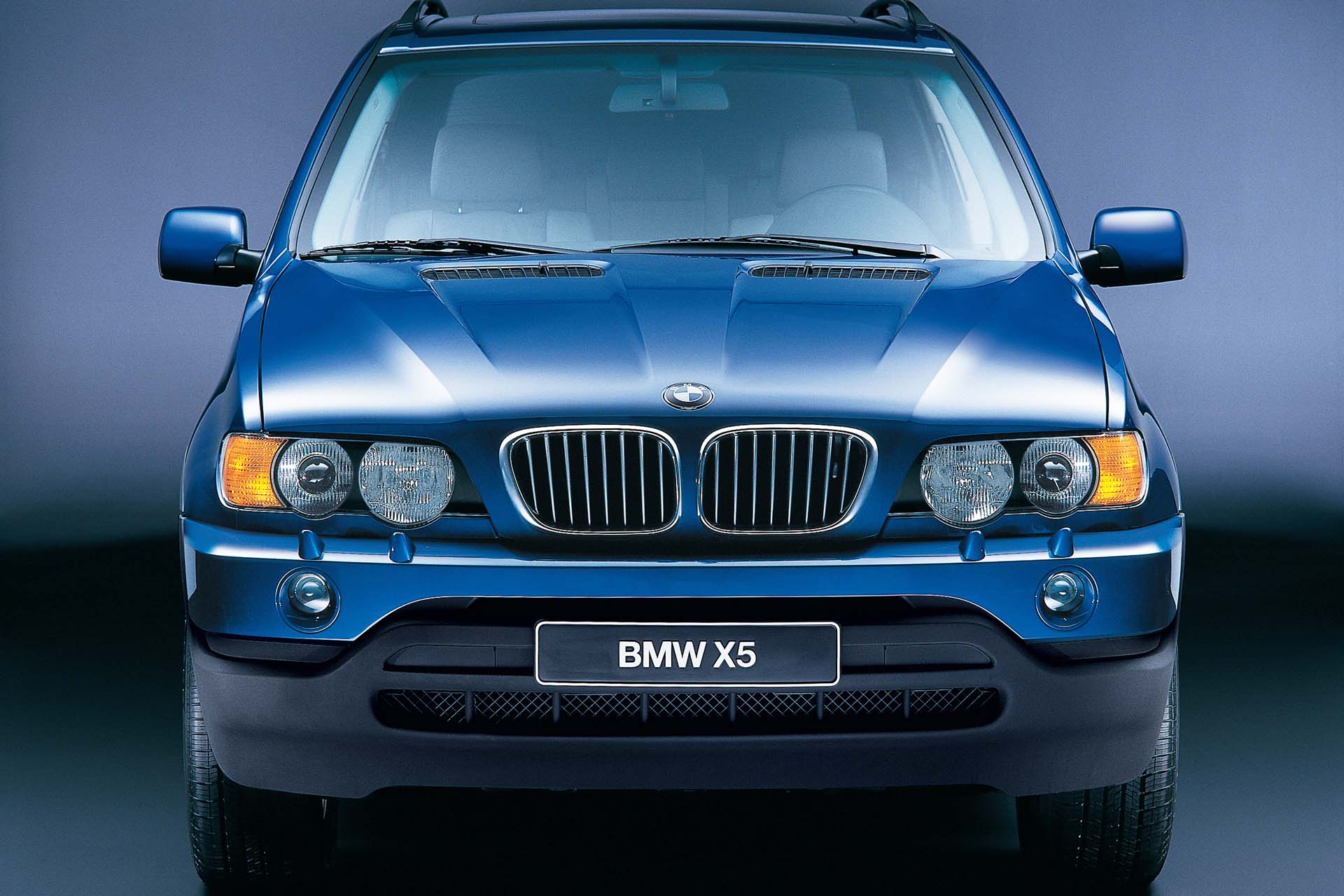
While a crossover certainly isn't the type of thing to set every BMW fans hearts a-fluttering, there's little doubt that the X5 is very, very good at its job. Sure, it's not the off-road champion, but it'll easily handle the kinds of tasks any normal owner will throw at it: snowy roads, crowded streets, private school parking lots.
It also drives quite well, like a 5 Series you bought from the Big and Tall store. In terms of padding the bottom line, X5 profits paid for a lot of BMW's rarer special projects, like the M Coupe.
2001 BMW M5
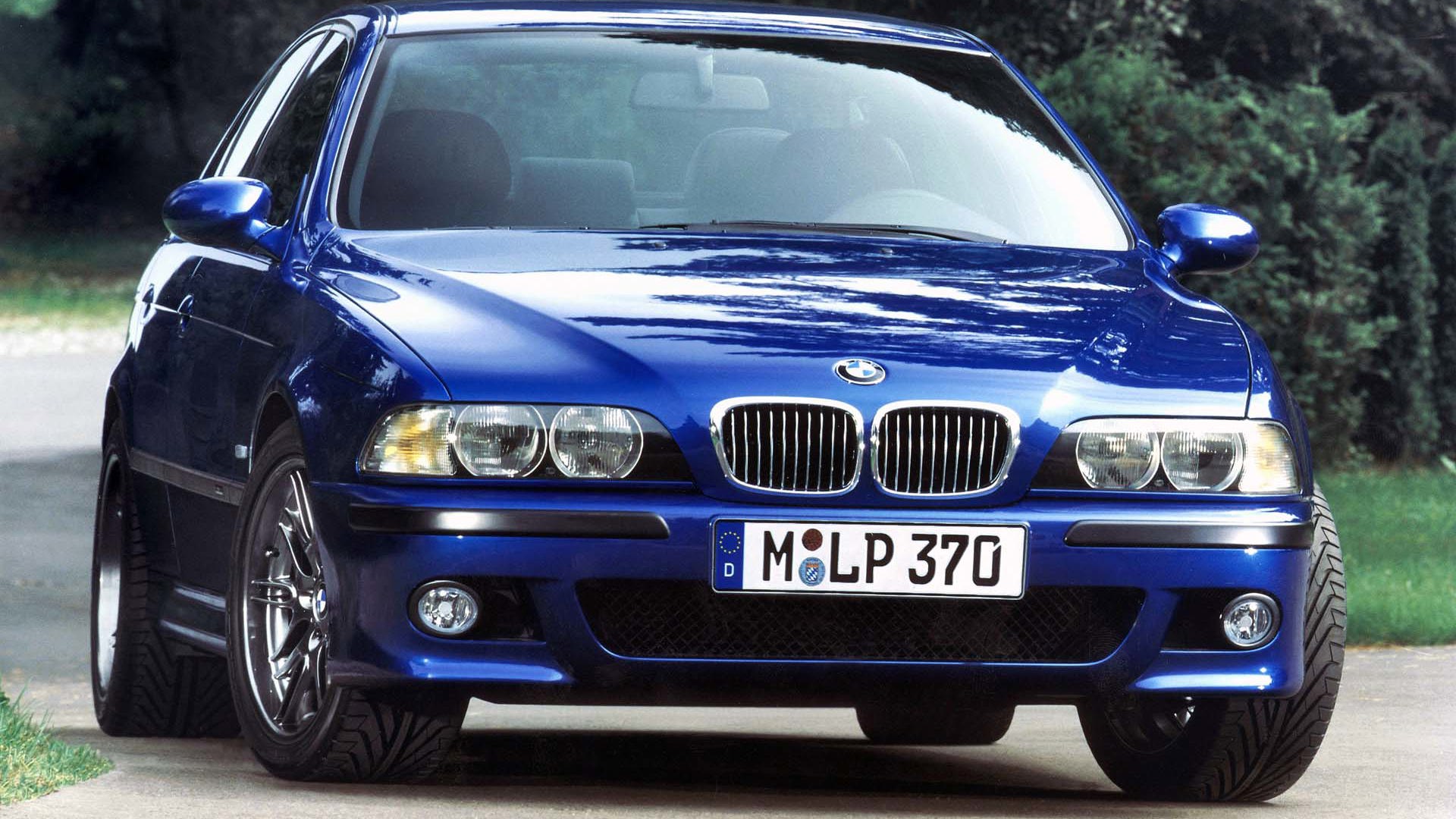
The early 2000s were a heady time for BMW. Not only was the X5 flying out of showrooms, but the entire lineup of cars were some of the best-looking machines on the market. The 3, the 5, and the 7 Series were all chiselled excellence, perfect for the movies.
The best of them (arguably) was the E39 M5. Featuring in the exhilarating “The Hire” short starring Madonna and Clive Owen, the V8-and-stick M5 is a masterpiece that still can't be beat. A modern classic, both film and car.
2001 Mini Cooper S
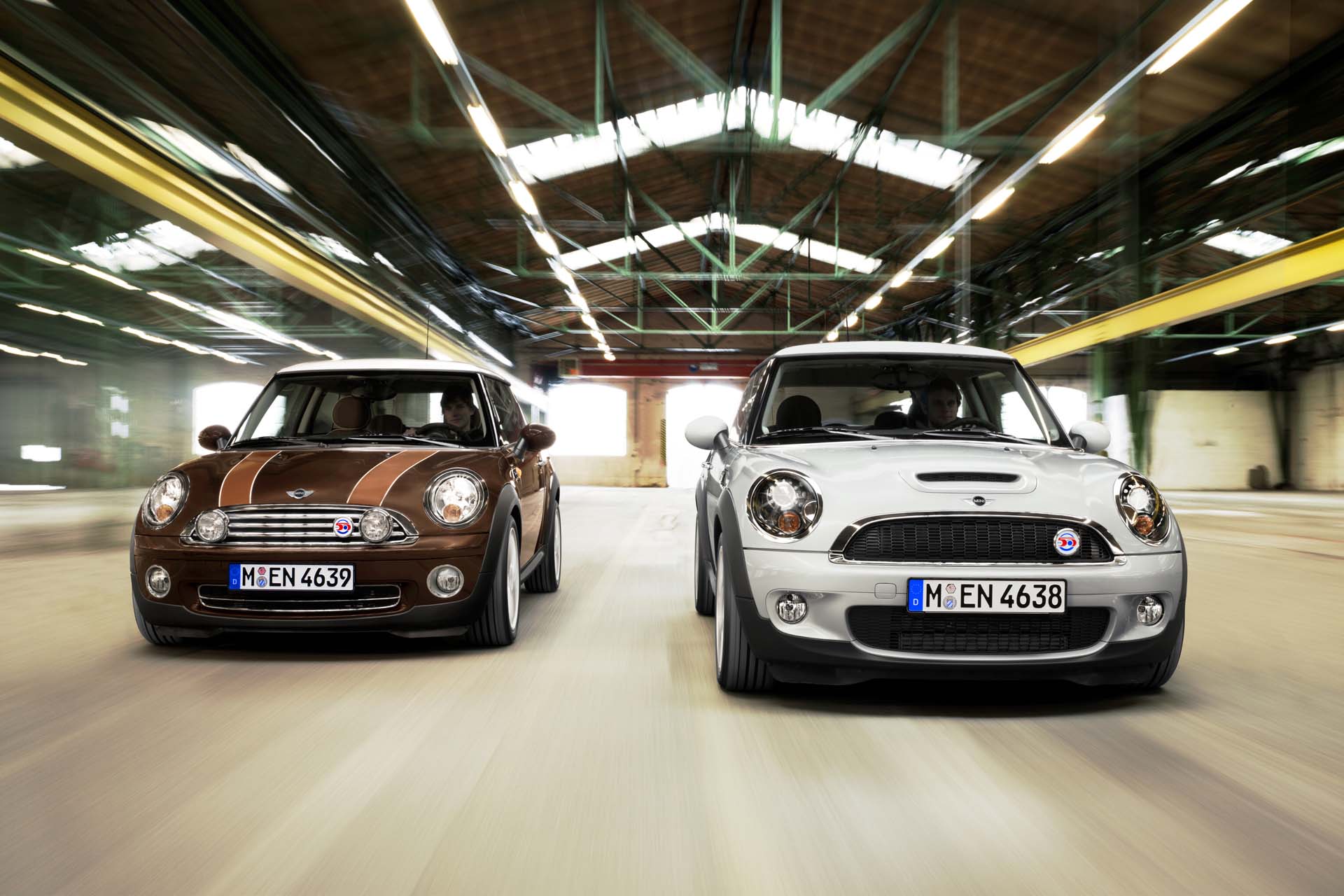
Remember how well BMW did turning the Isetta microcar into something interesting? They basically pulled the same trick when they bought Mini.
BMW's success resulted in the company taking over beloved British brands like Rolls-Royce. The original supercharged Mini was big enough for the modern world, but stayed true to its roots with excellent handling and a high fun-to-drive factor.
2005 BMW Hydrogen 7
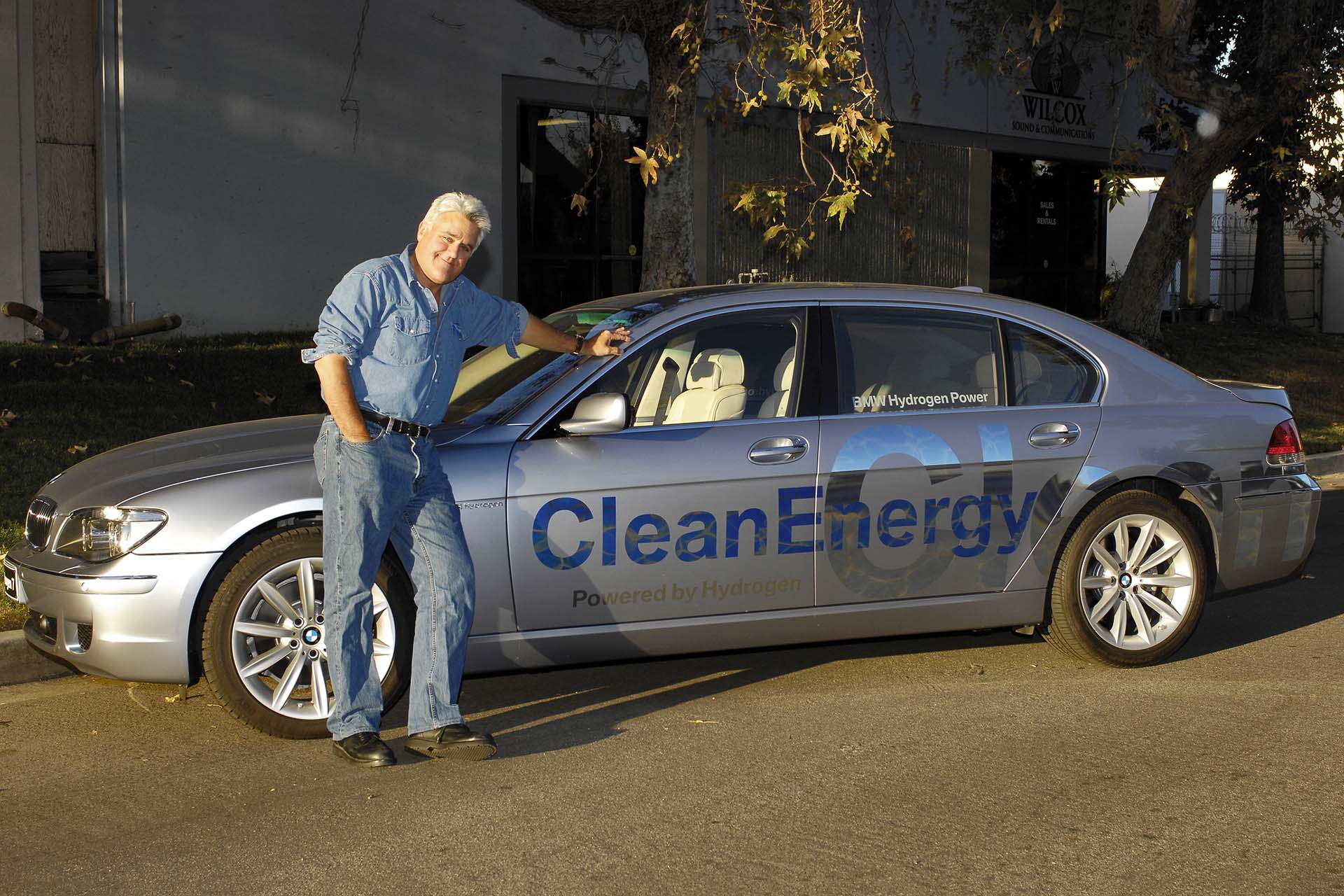 with Jay Leno
with Jay Leno
While the i-series cars seem like a new line of enquiry for BMW, the fact is that the company has been experimenting with alternative power since the 1960s. One more recent example is the Hydrogen 7, a full-sized luxury limousine that runs on the same stuff that caused the Hindenburg to catch fire.
The 7's huge 6.0L V12 can run on premium fuel, but it's also capable of running entirely on hydrogen. Only 100 or so were made, each one lent to prominent politicians and celebrities for publicity.
2009 BMW X6 M
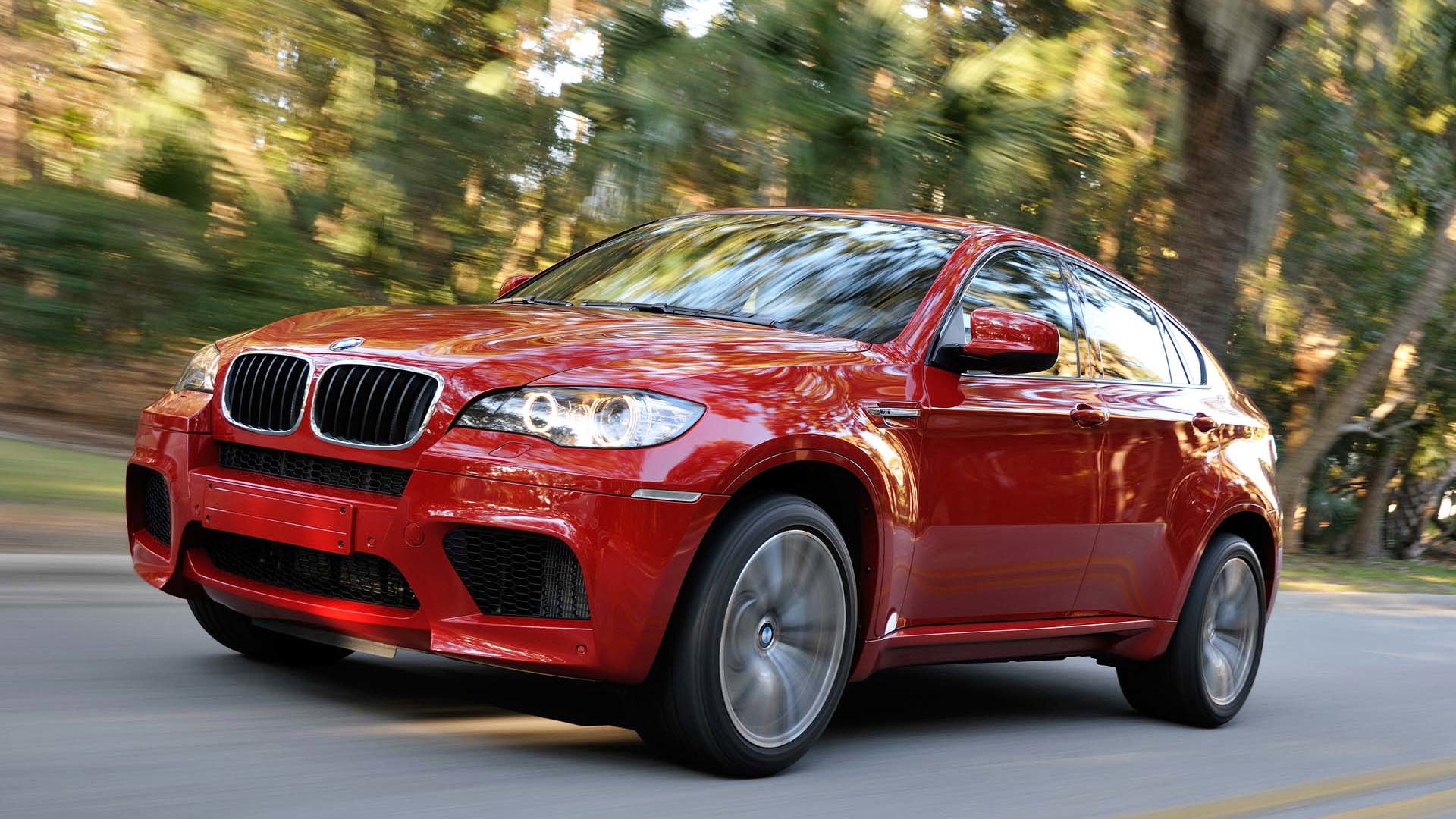
The X6 M and X5 M bear the dubious distinction of being the first M-cars with automatic transmissions and all-wheel-drive. The X6 is particularly heinous, being huge in exterior dimensions, yet not having much in the way of cargo space.
However, there's no denying the technological prowess of this behemoth, which can stomp all over pretty much any sporting BMW of the past. Sure, it's more than a little ignorant, but there's always been a frisson of rudeness running through many BMWs anyway.
2015 BMW i8
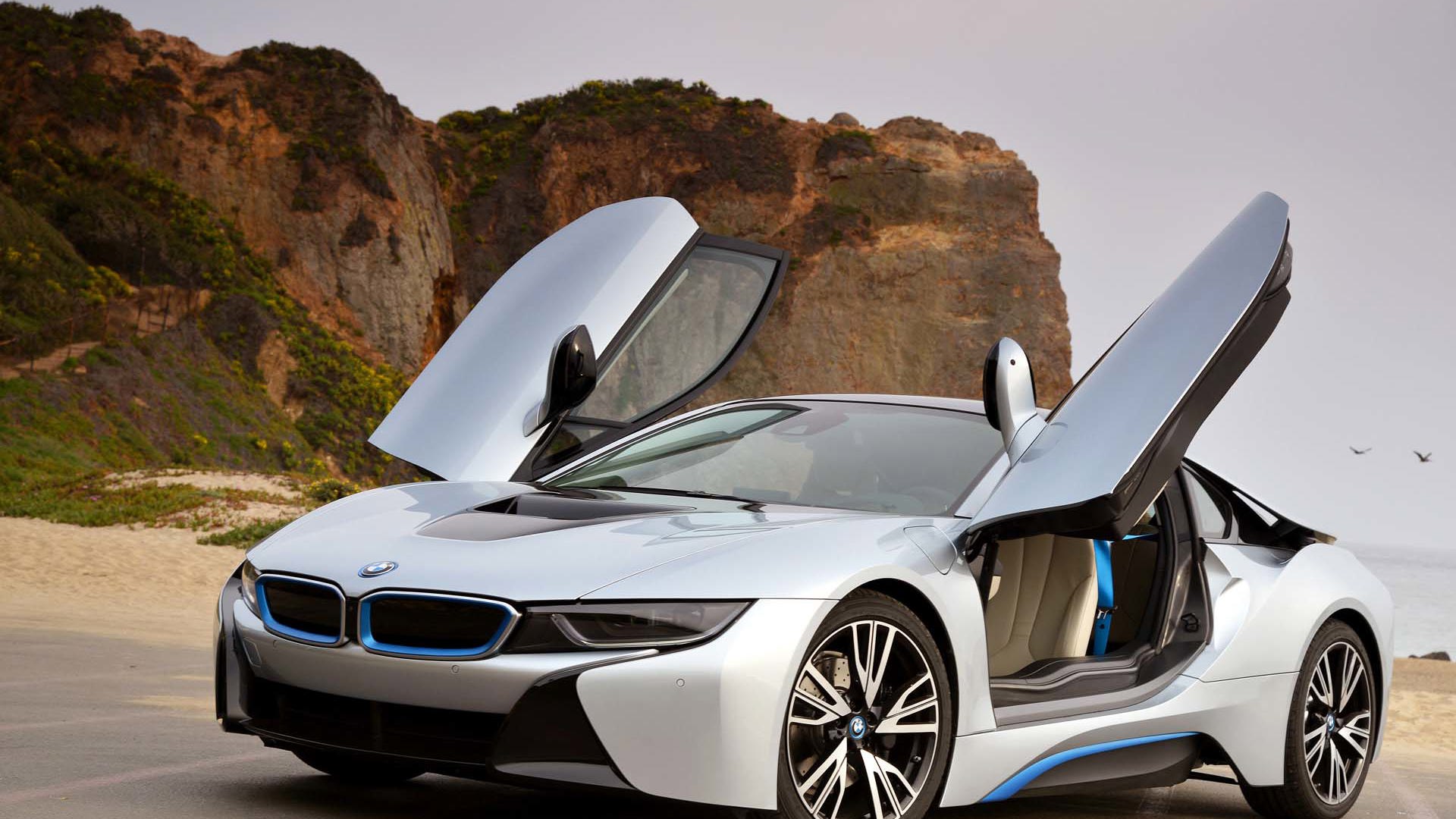
Salve your conscience with the BMW i8, a modestly powered electric sportscar that combines the best elements of the M1 and the coming future. It's utterly show-stopping, capable of drawing admiring glances from Prius owners and Lamborghini drivers alike.
And the best part is that it's a very green car to drive. With plug-in electric power providing most of the forward power and a turbocharged three-cylinder engine helping out, the i8 is a production version of a future concept.
2016 BMW M2
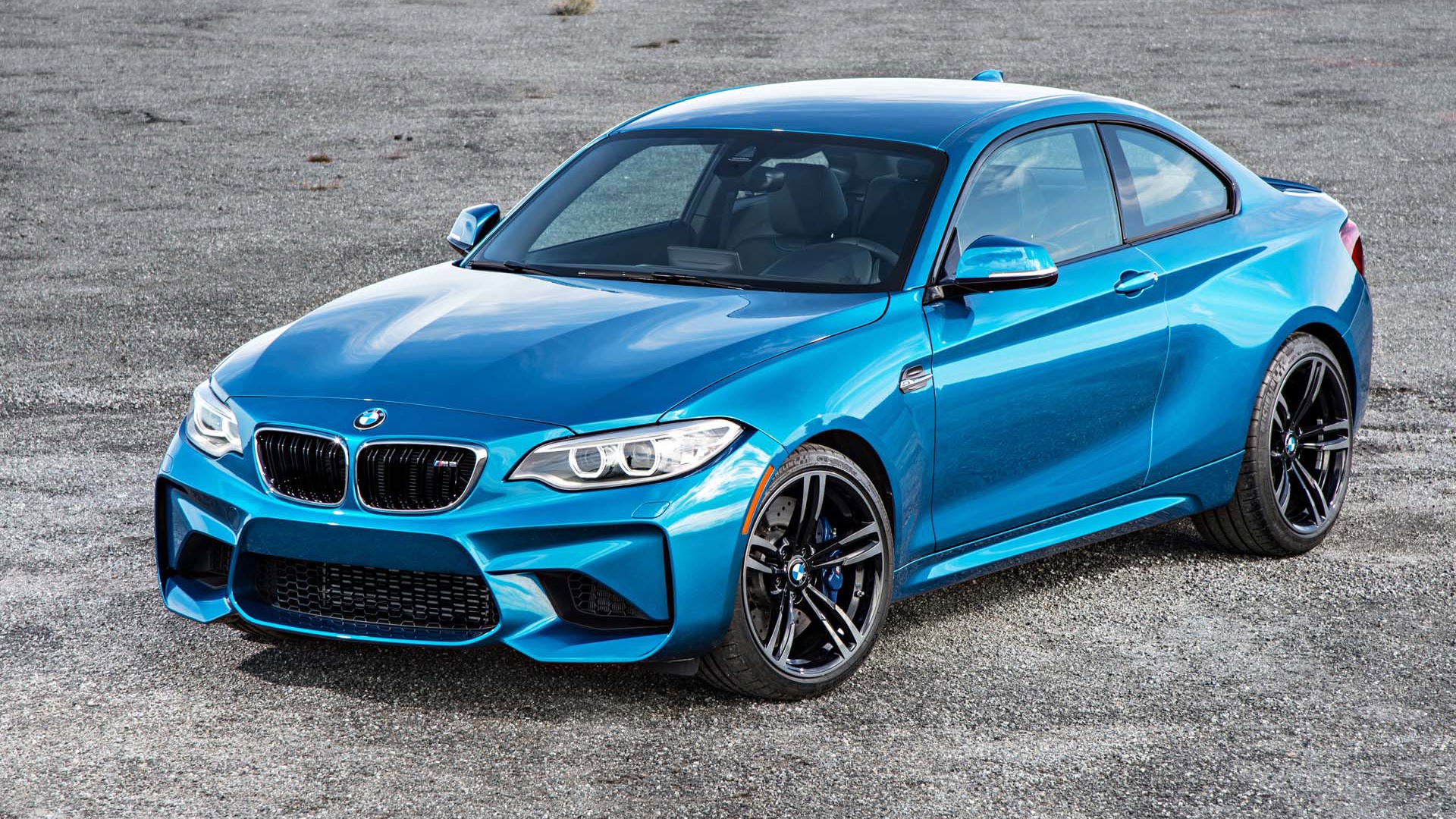
Yet even as they look to the future, BMW will still sell its fans a car seemingly from the past. The 2016 BMW M2 is all the best bits of the 2002tii and E30 M3, just married to punchy turbocharged power and let loose on the road.
It's just the best: an old-school little-car/big-engine throwback, except one fitted with new school technology like satellite radio as standard. Your only choice is which gearbox to get. Manual, obviously.
